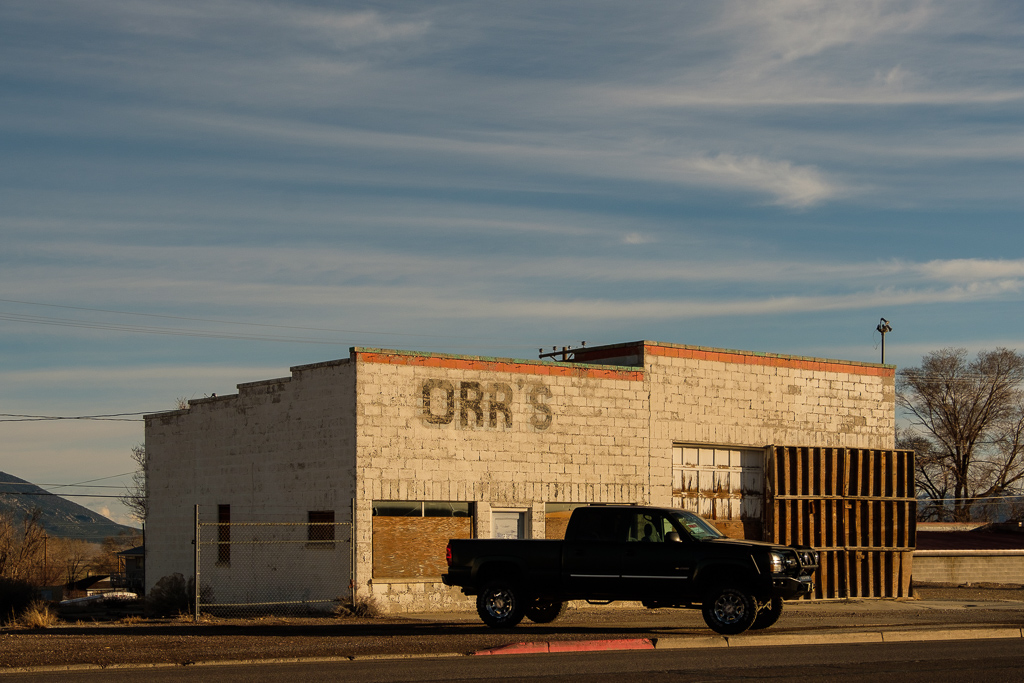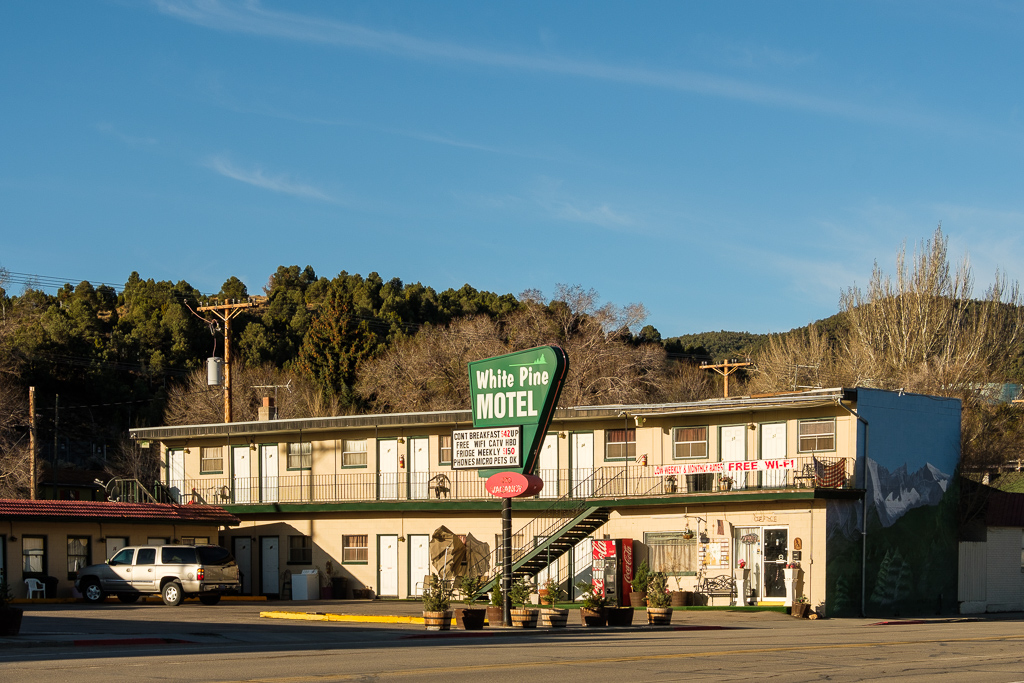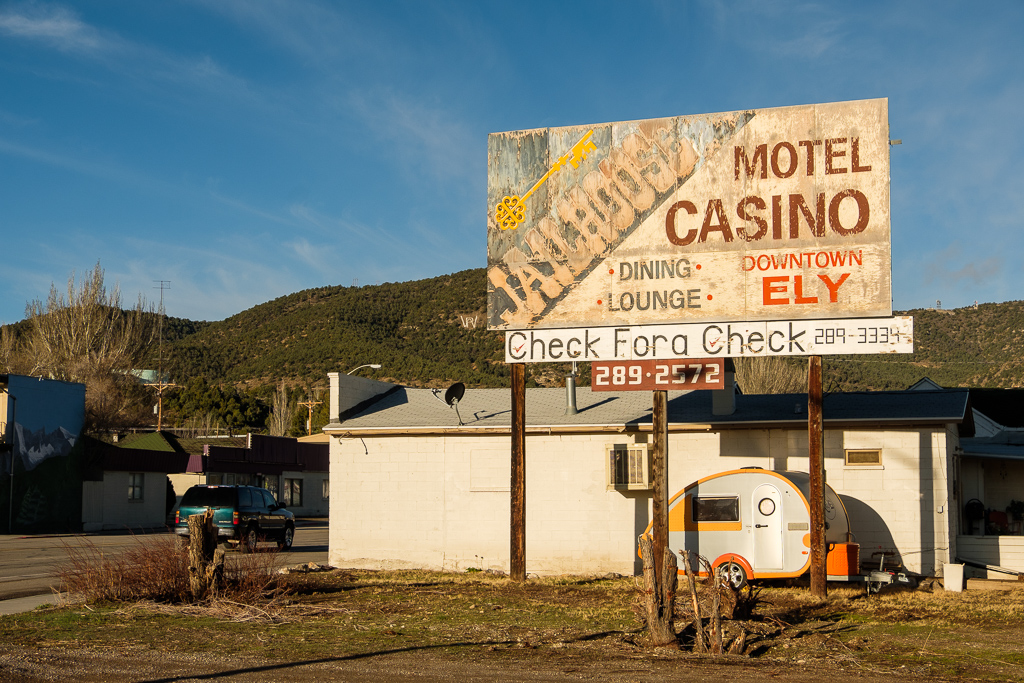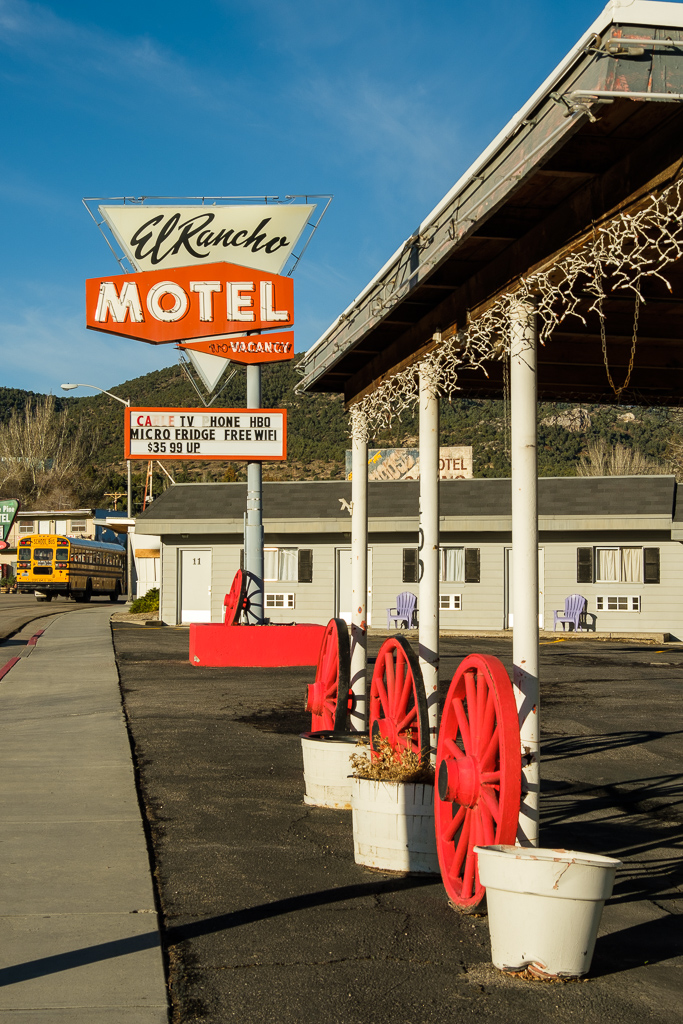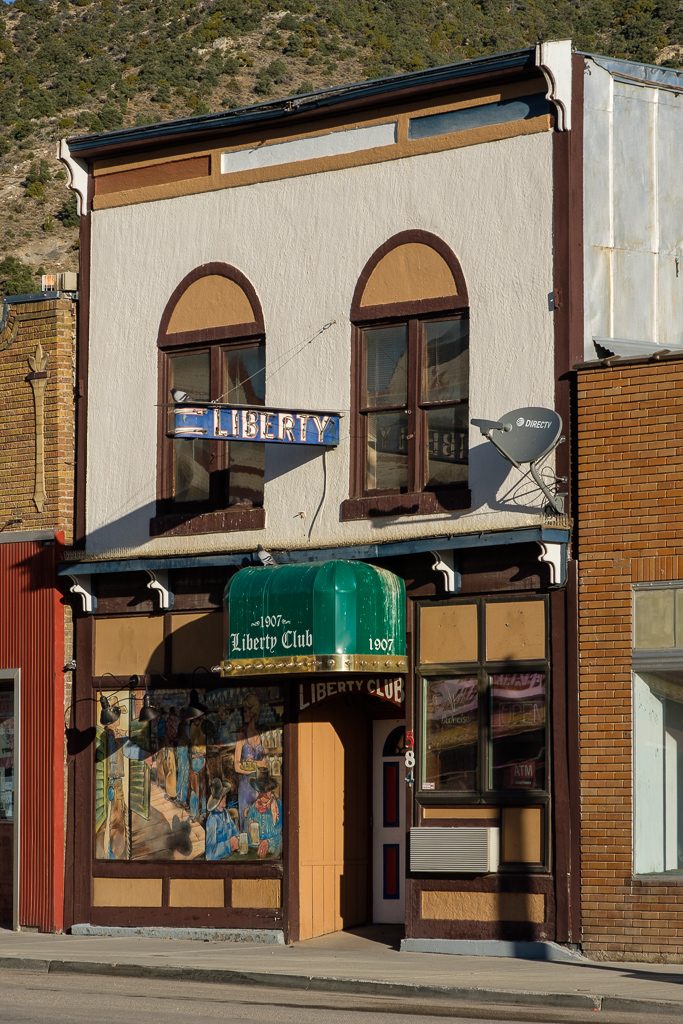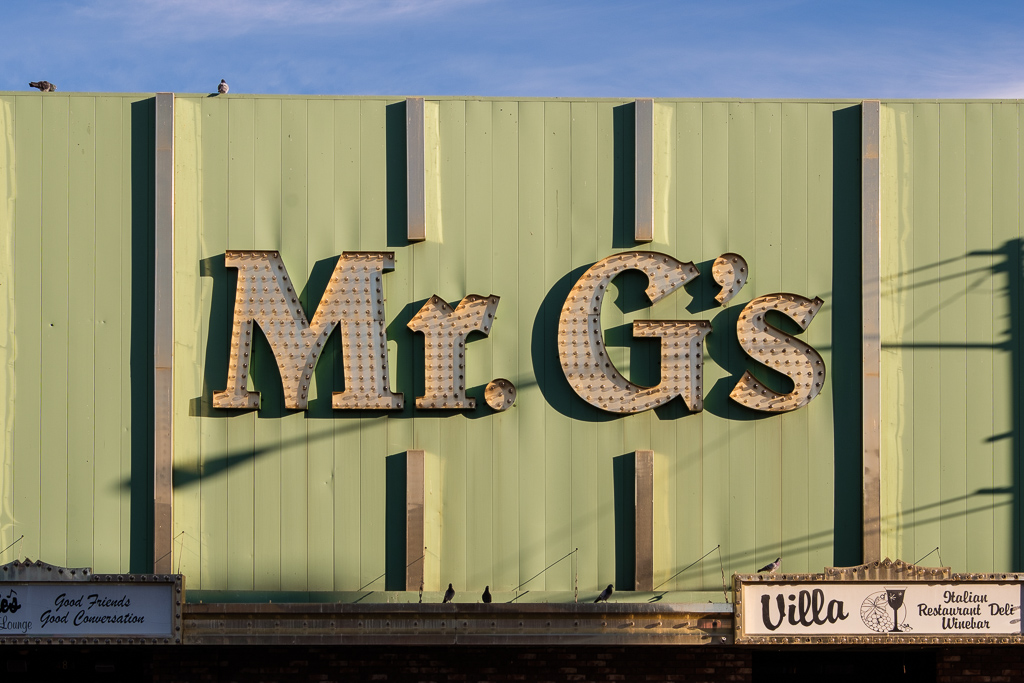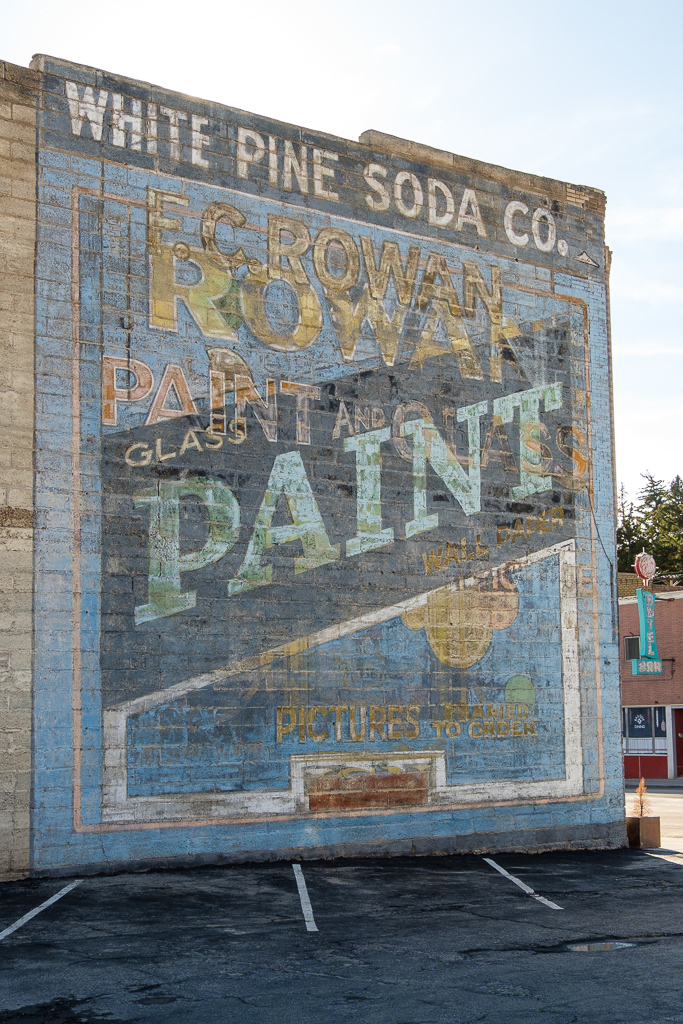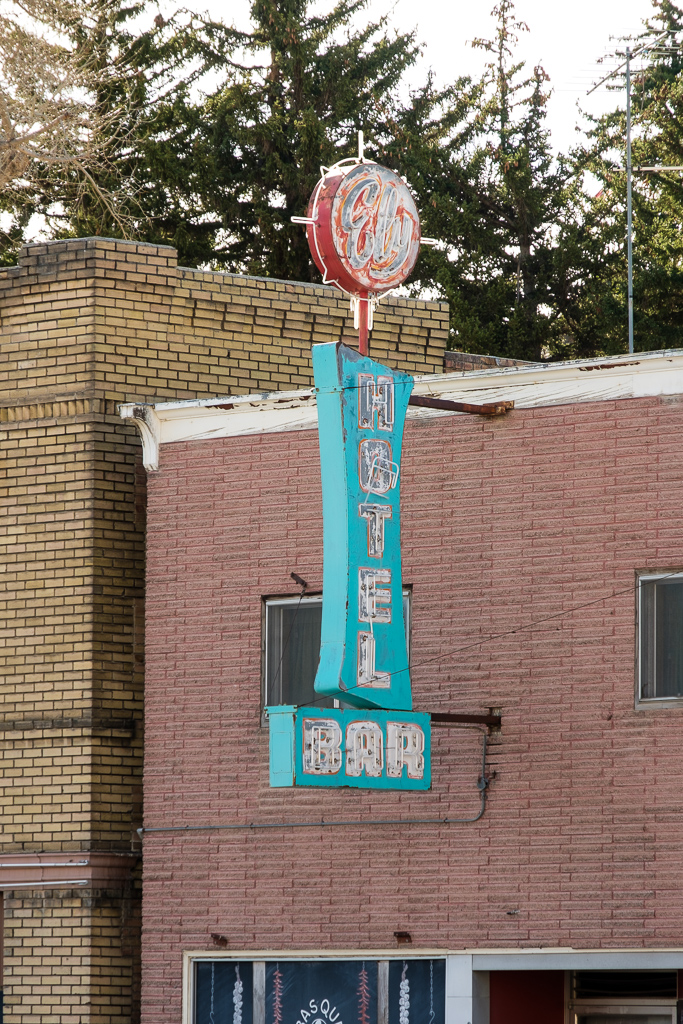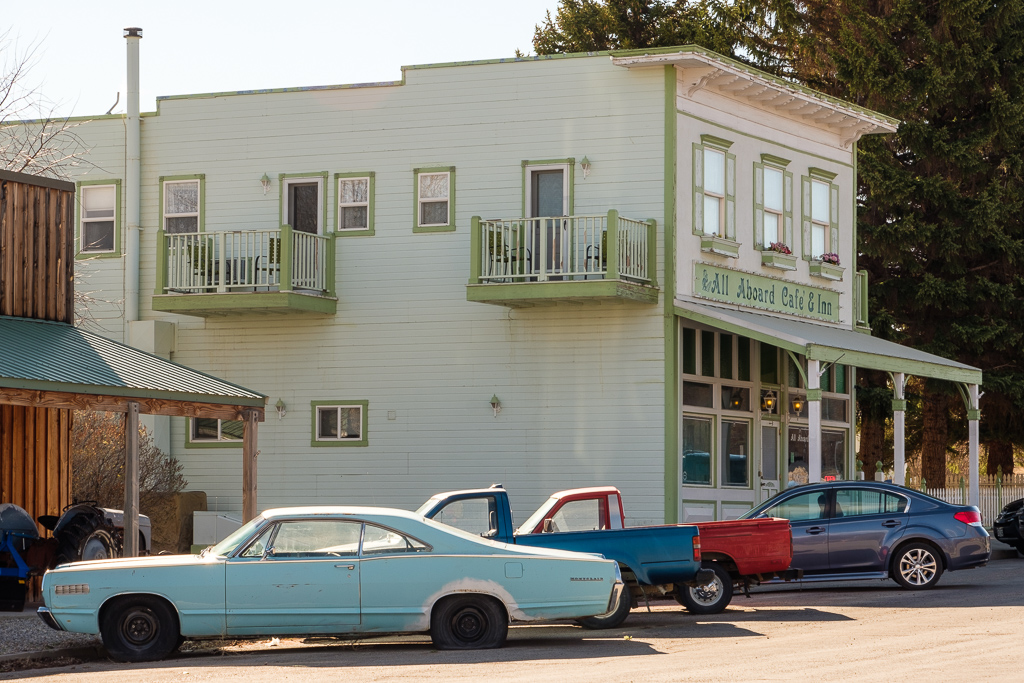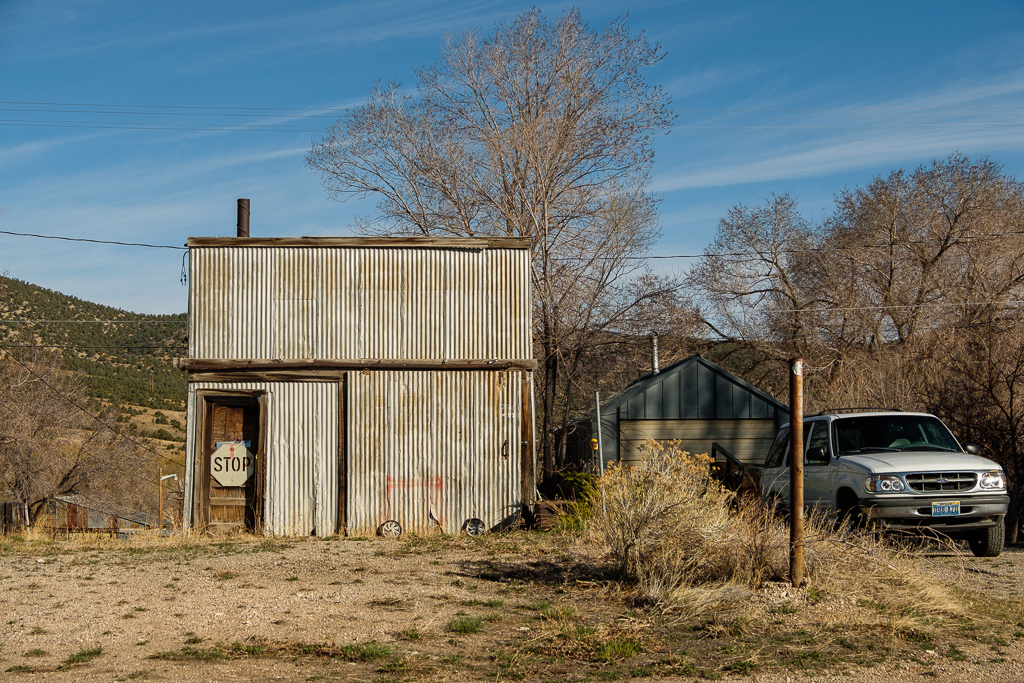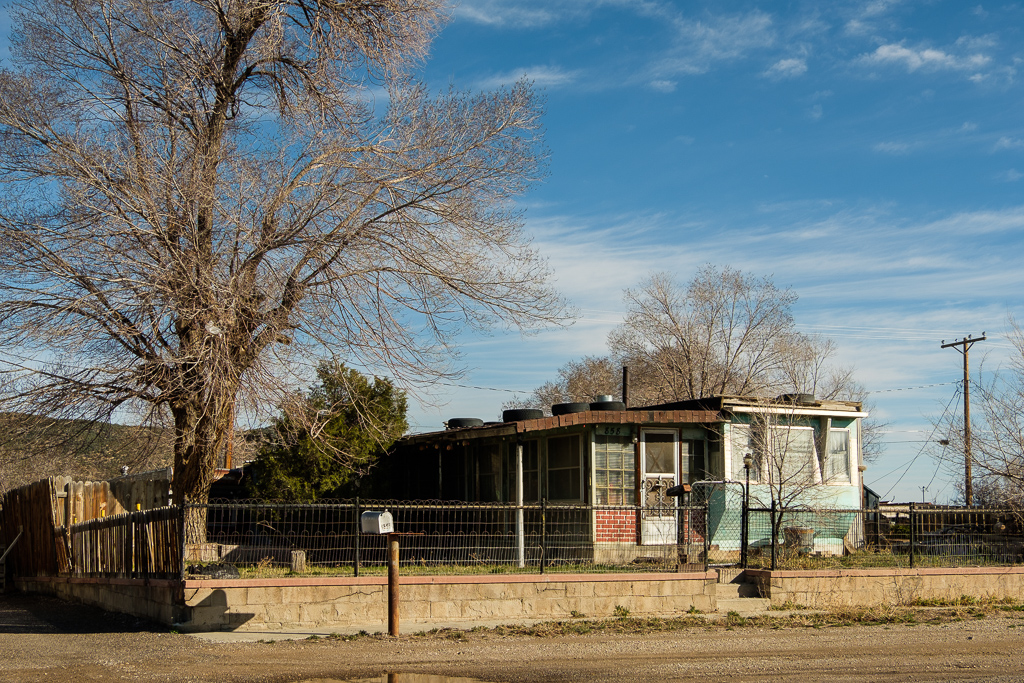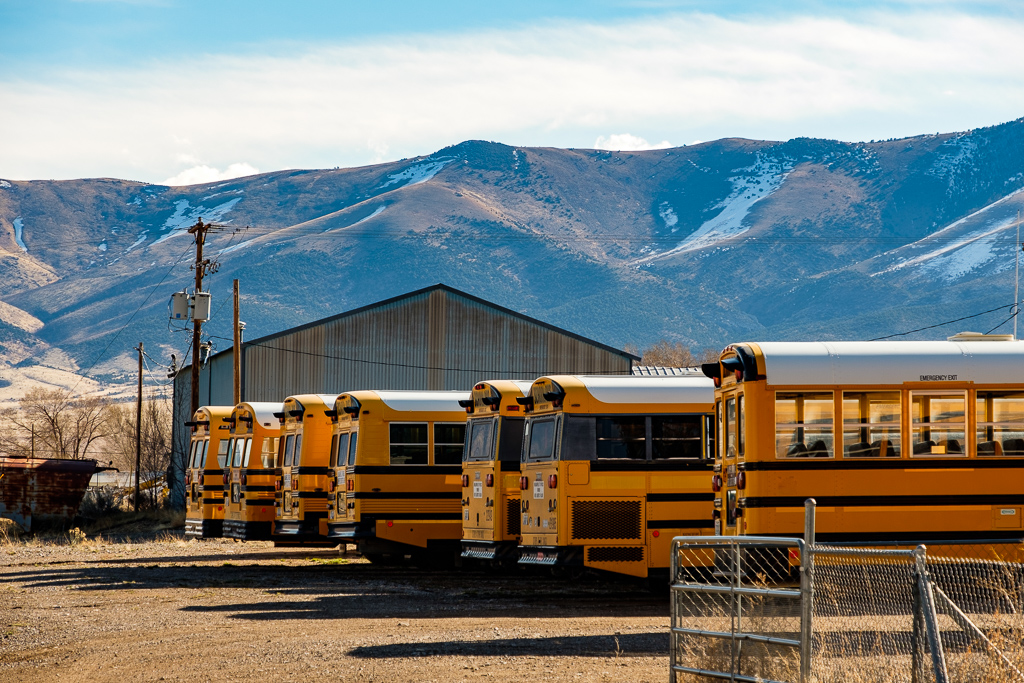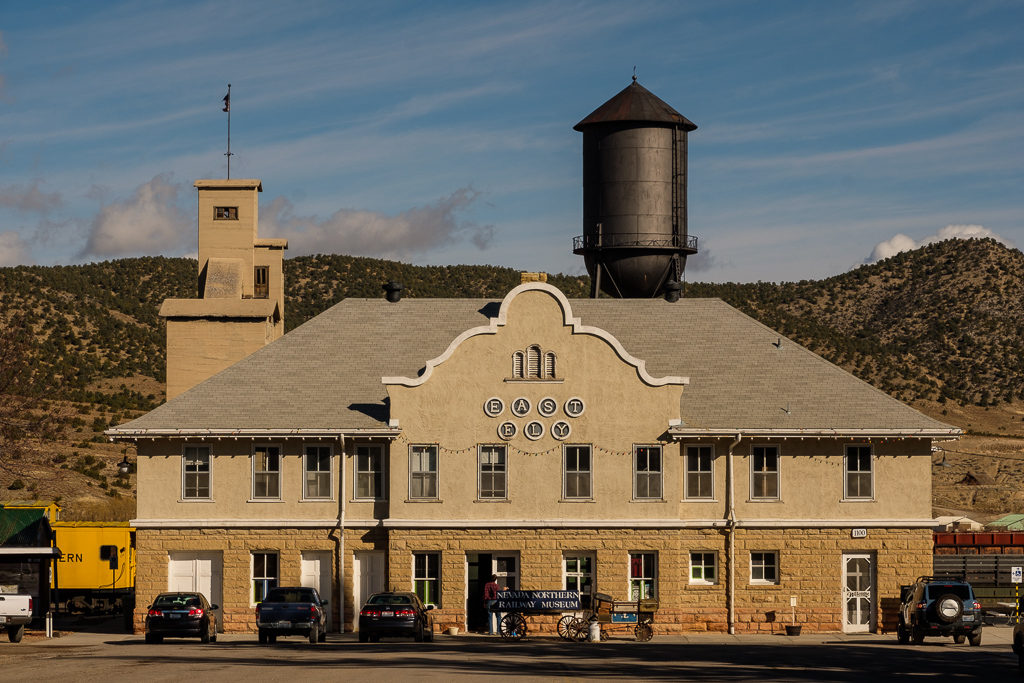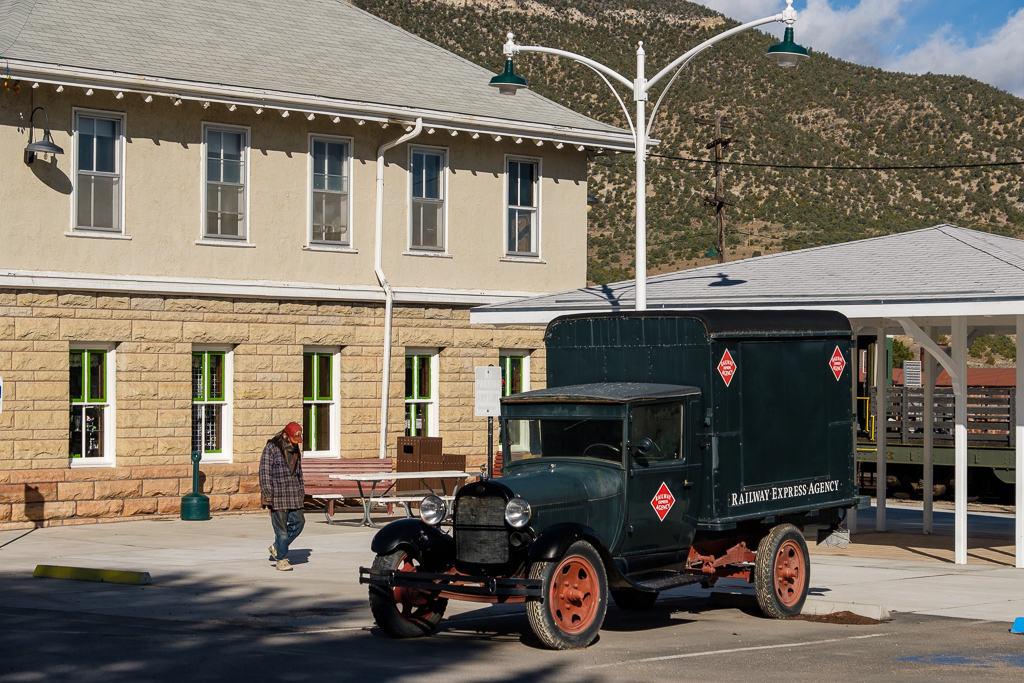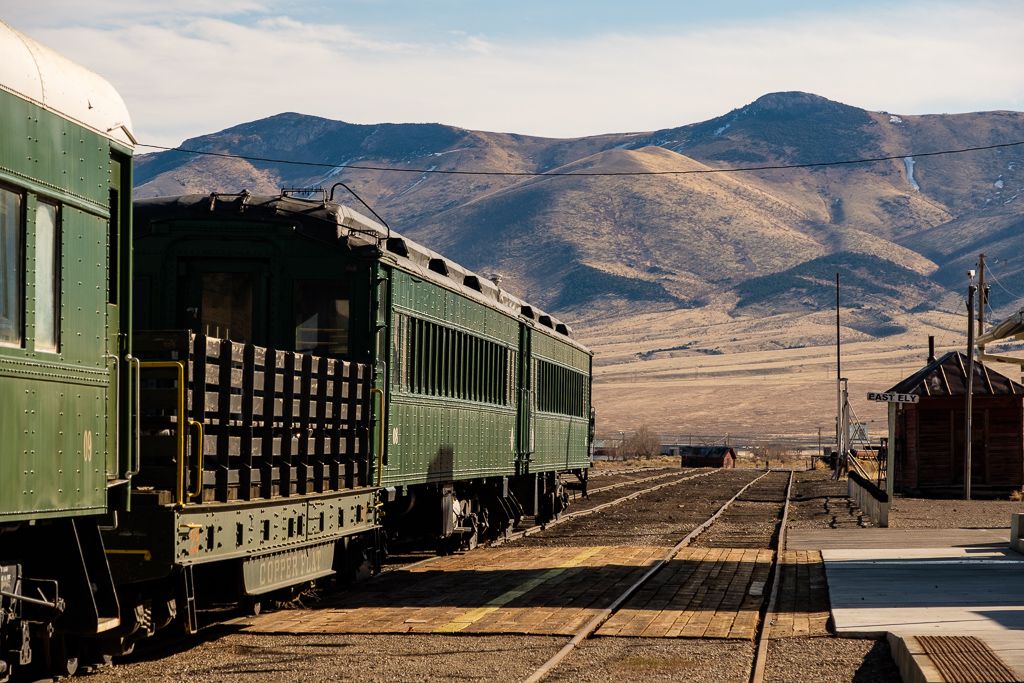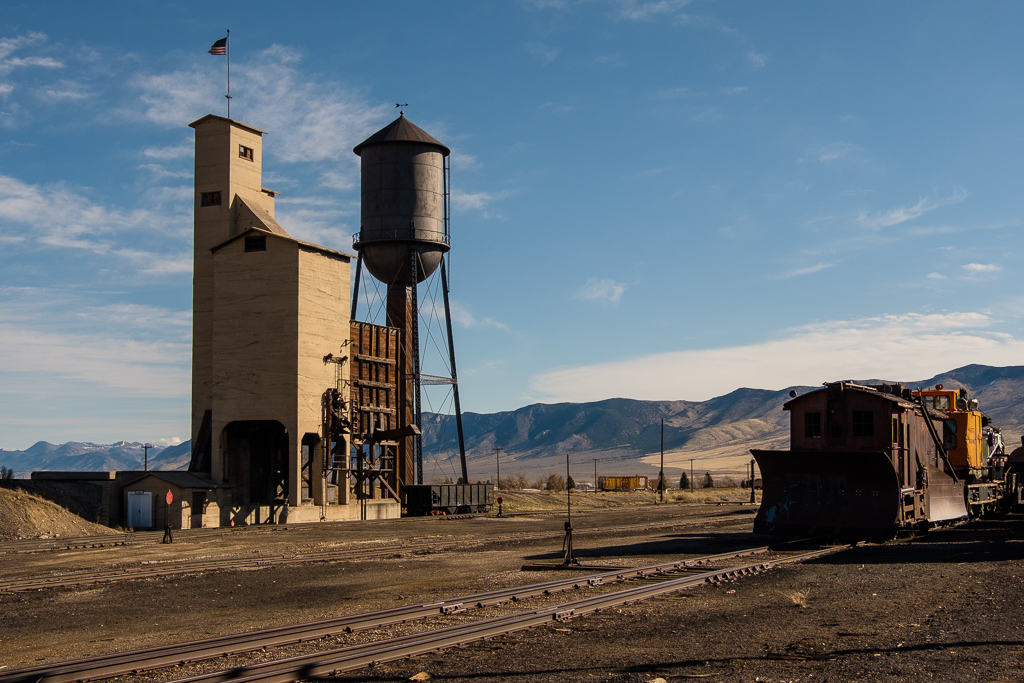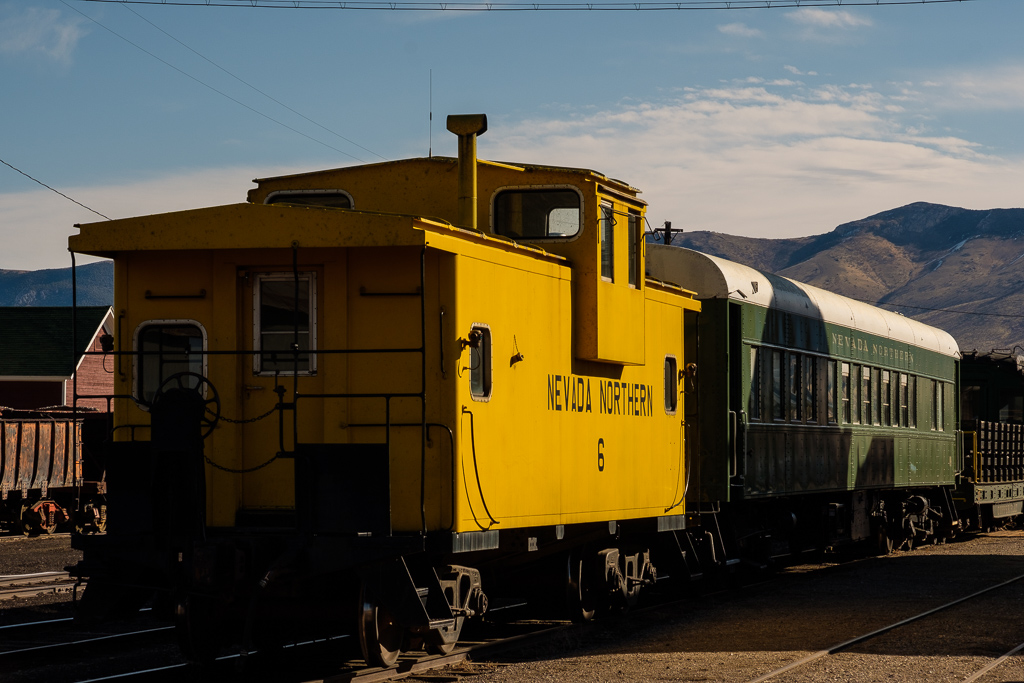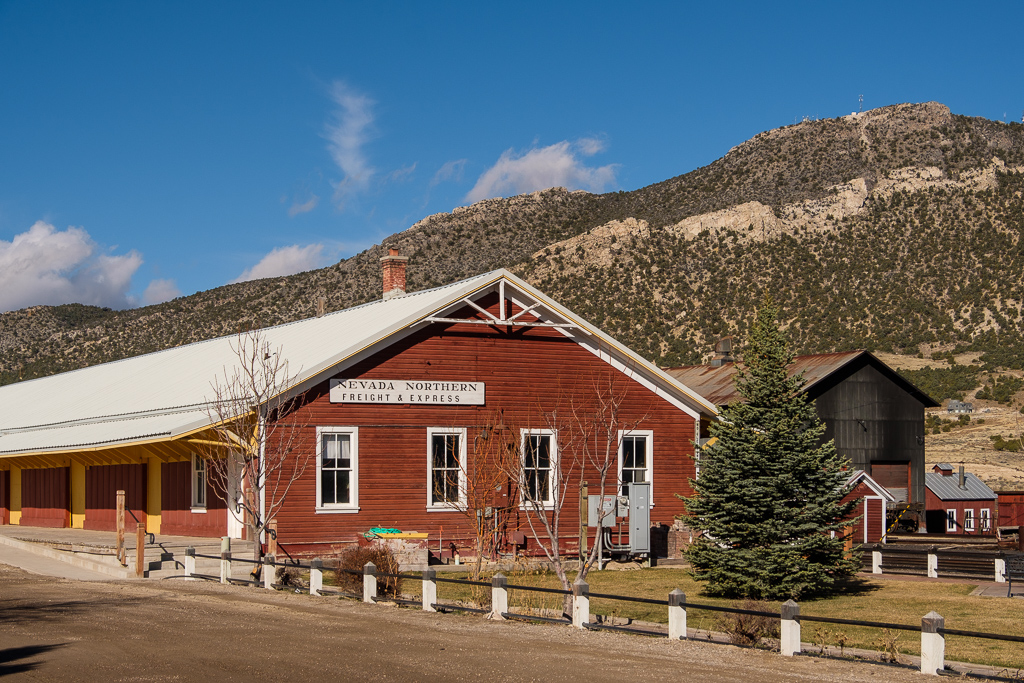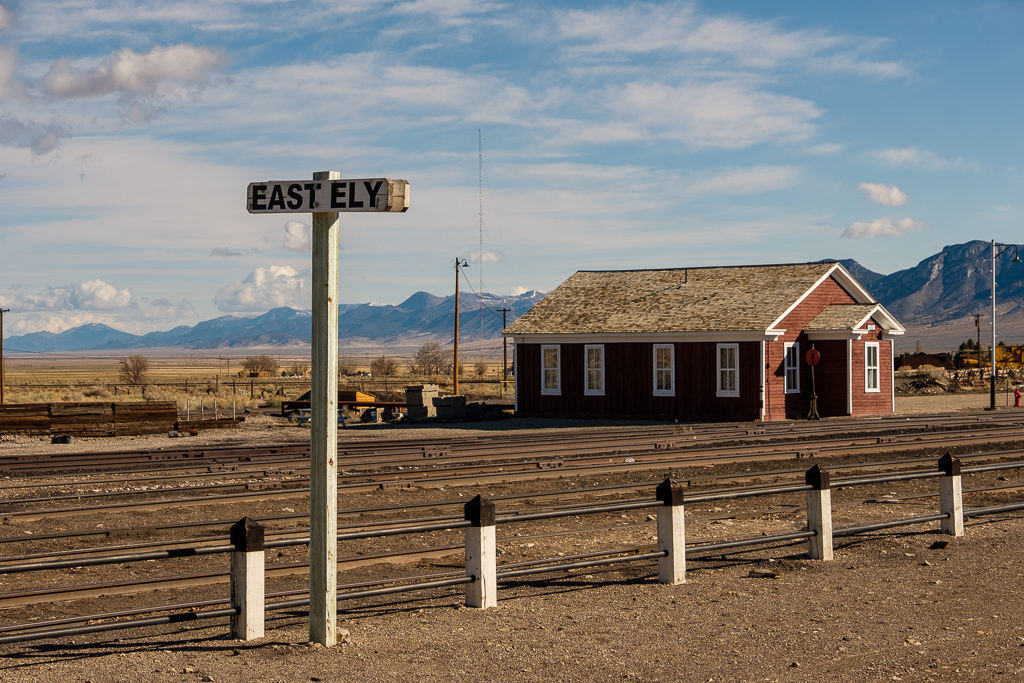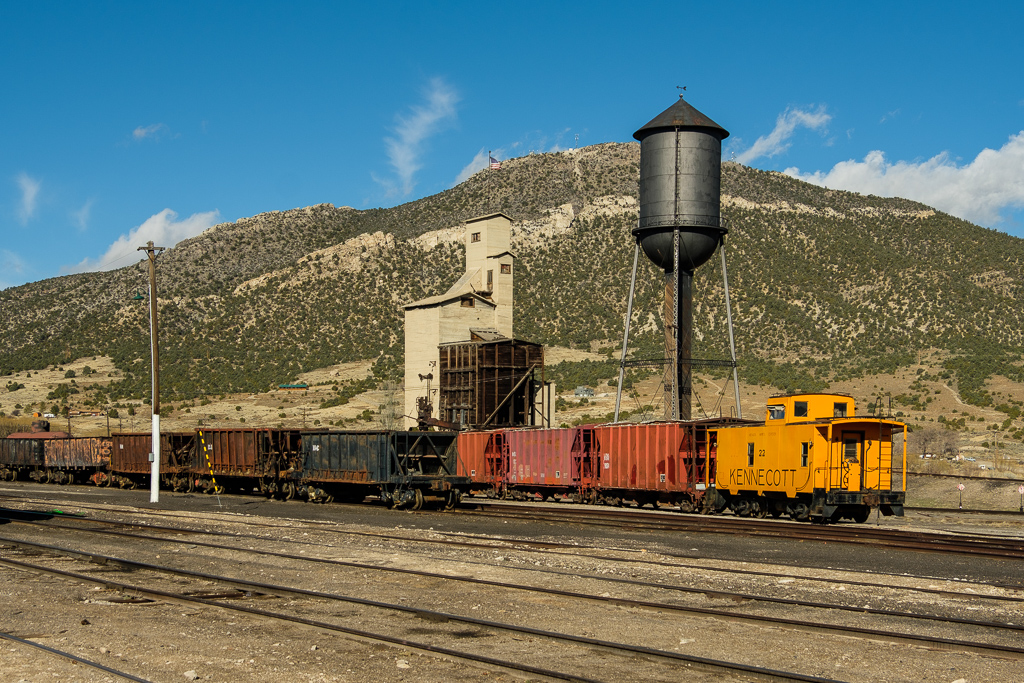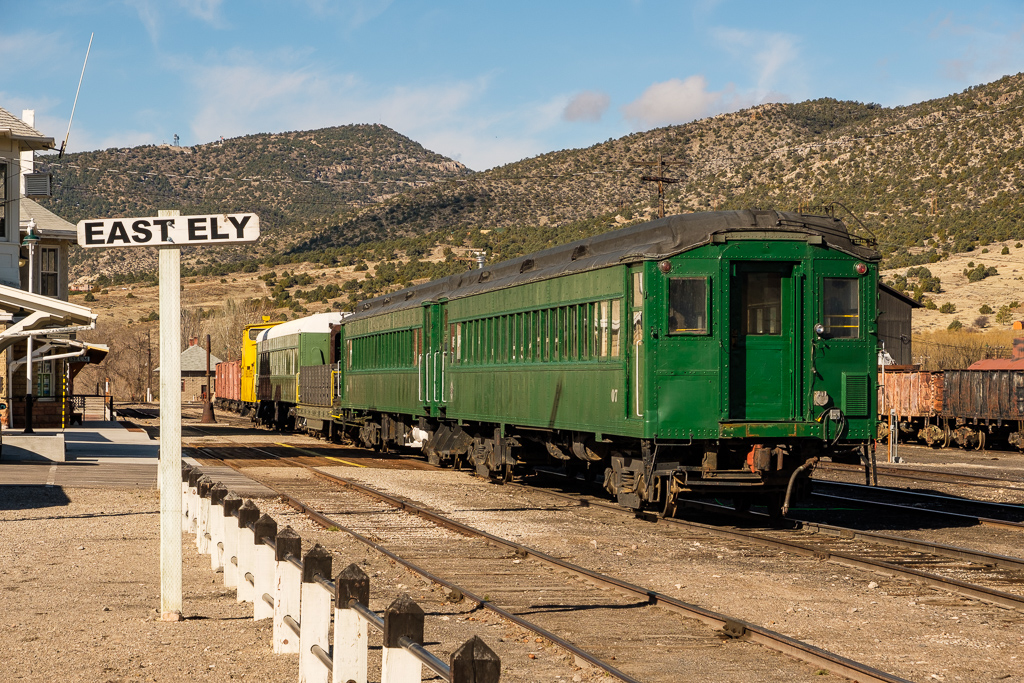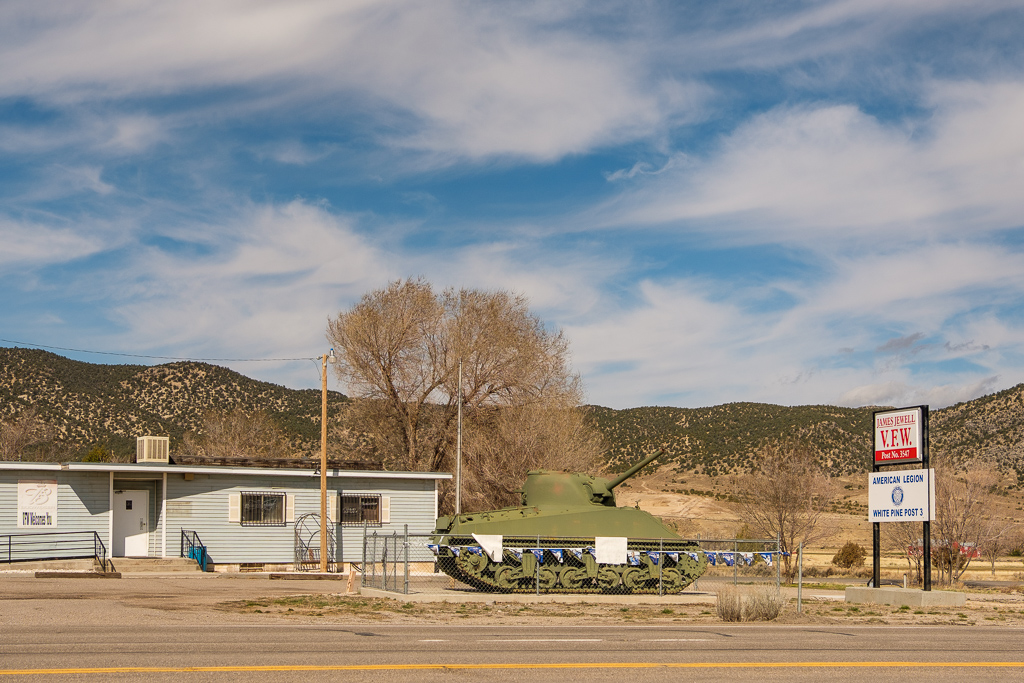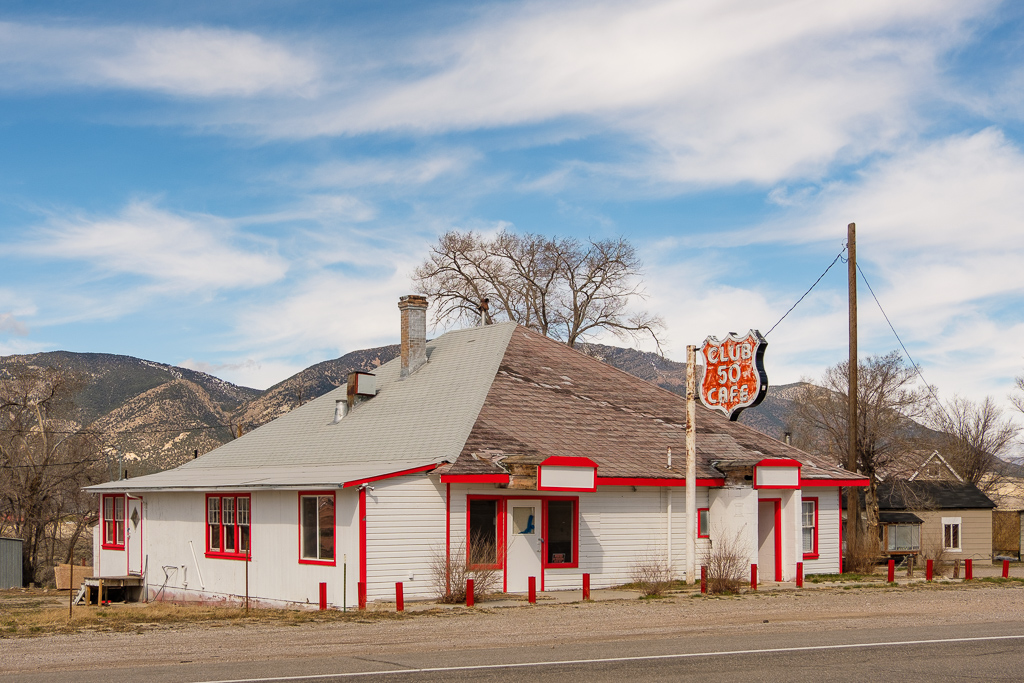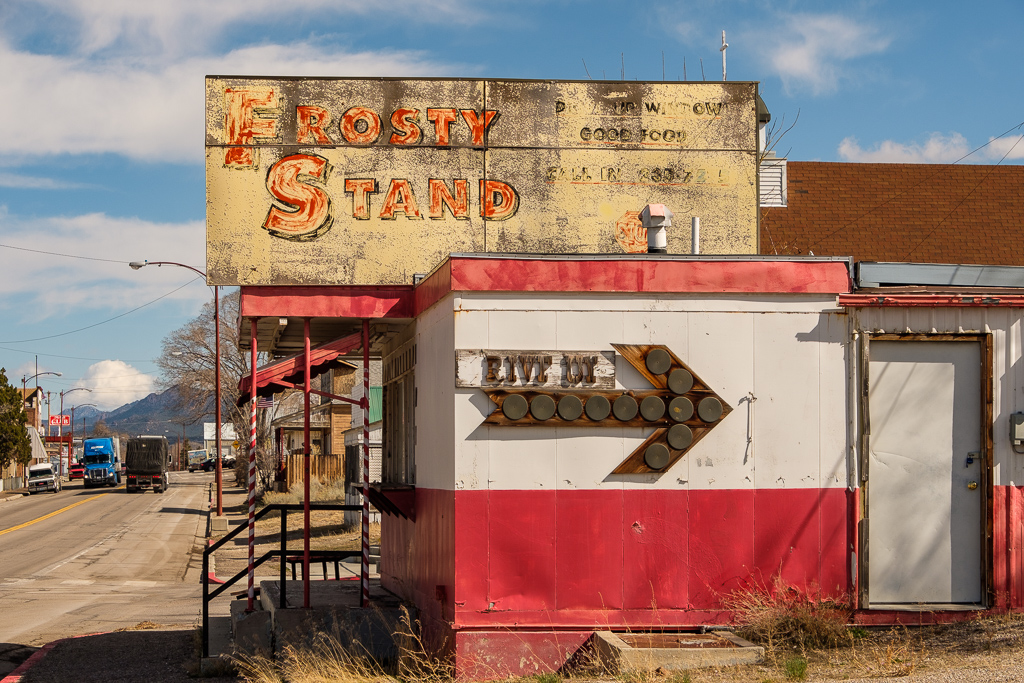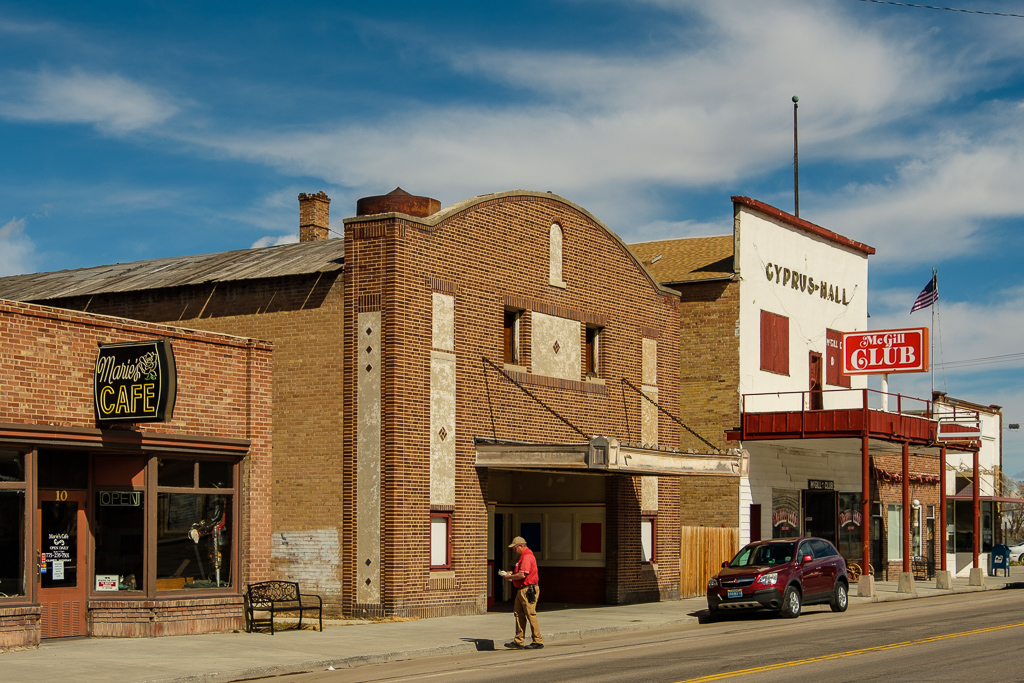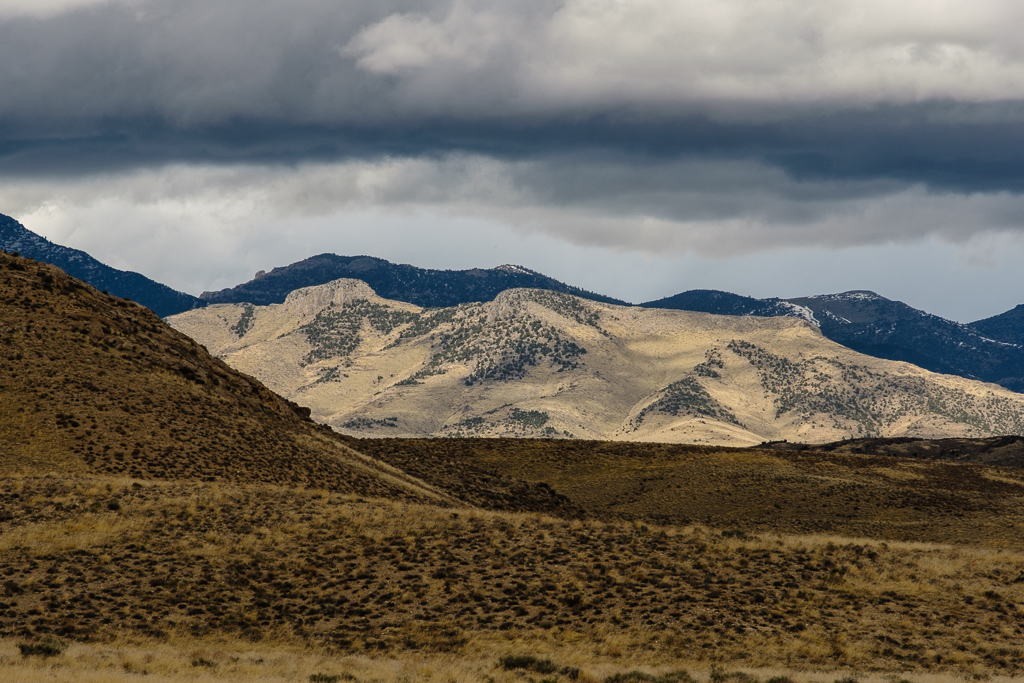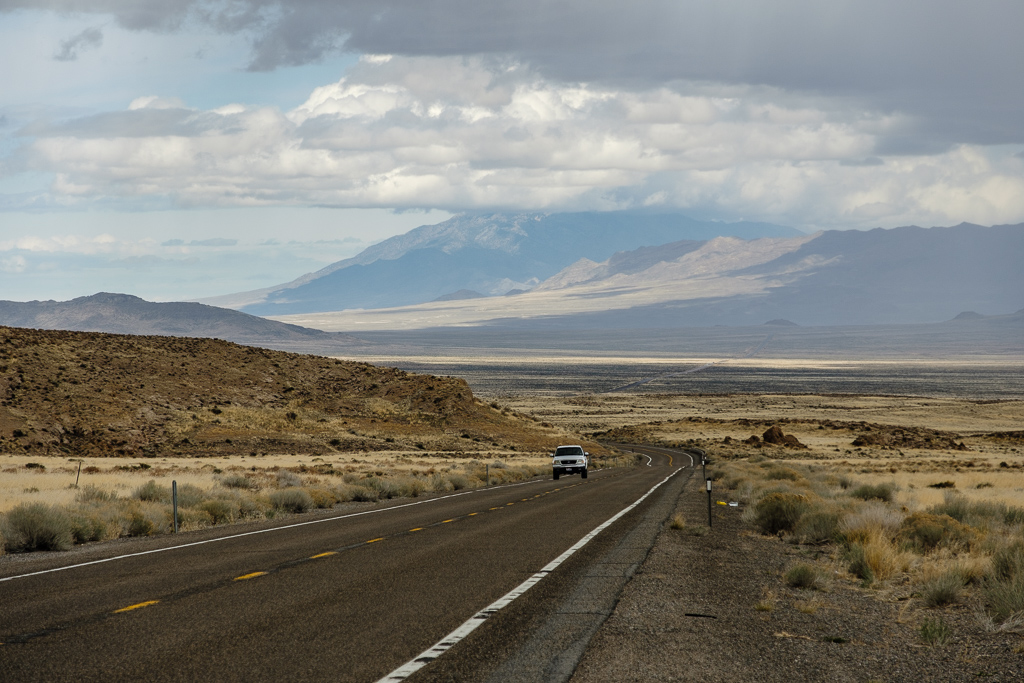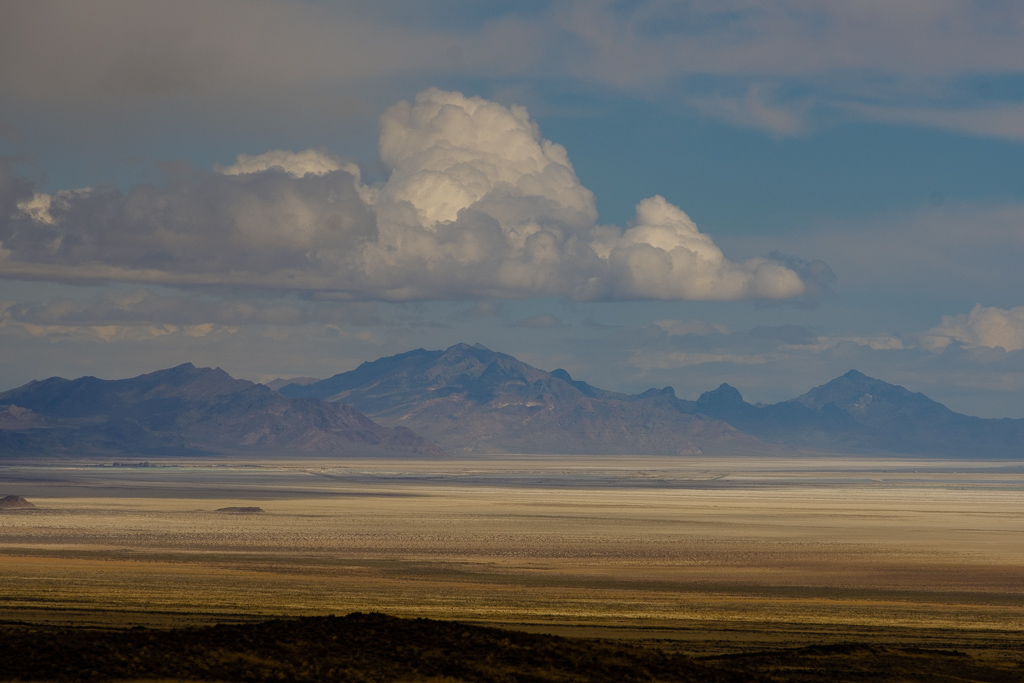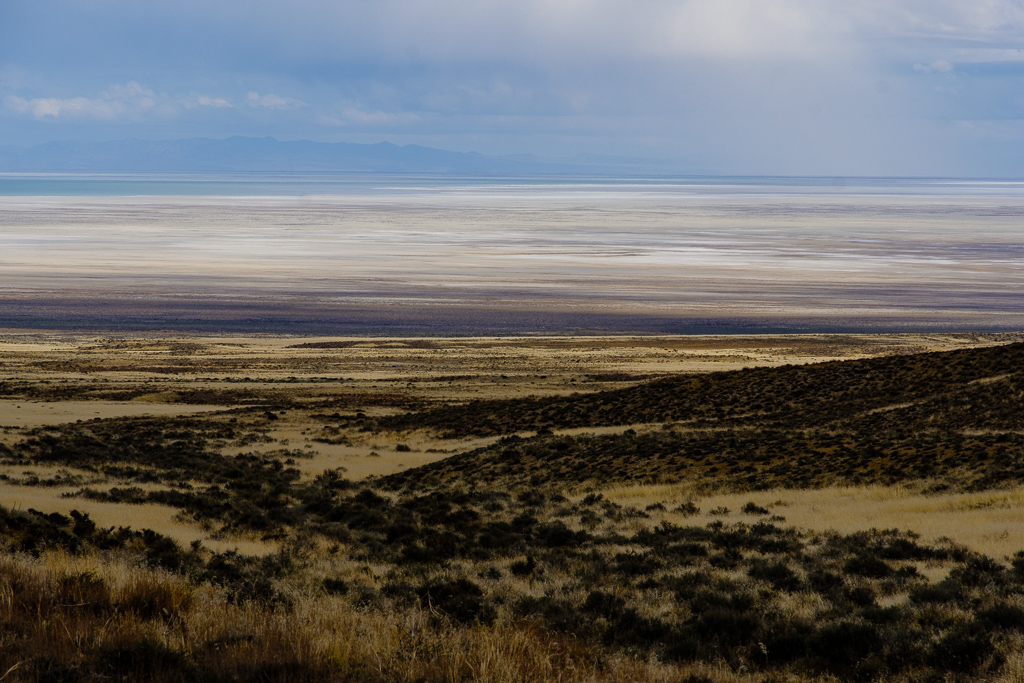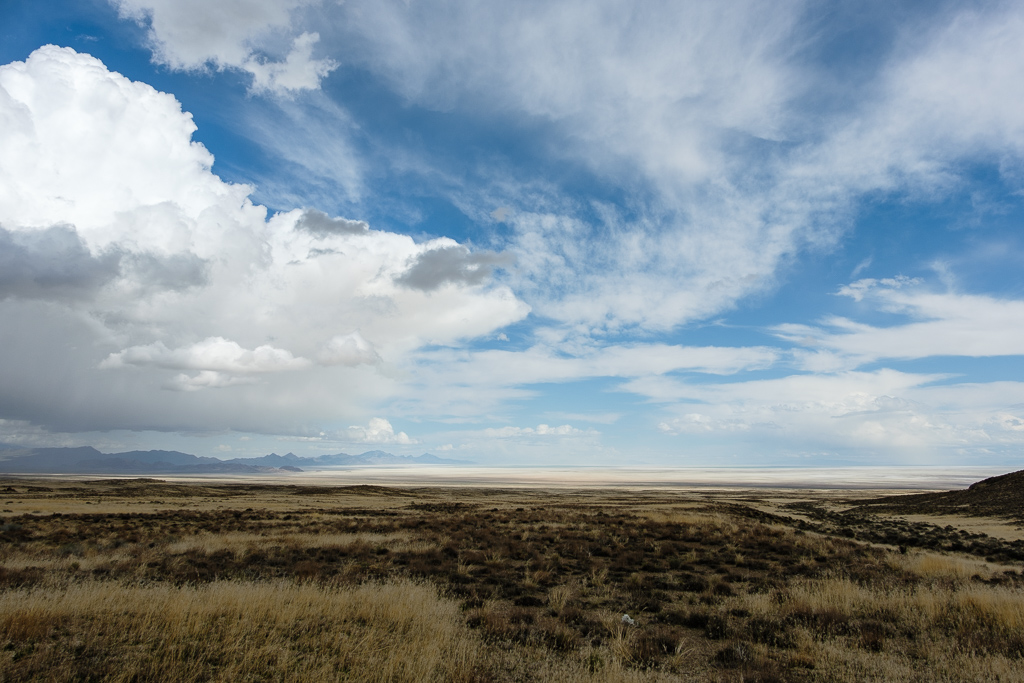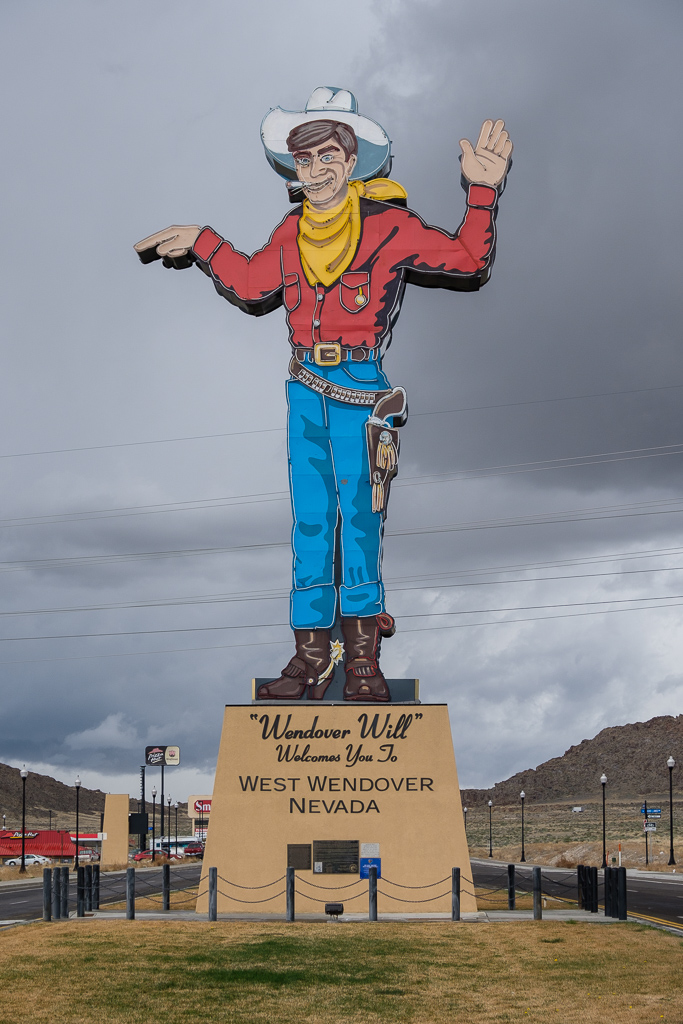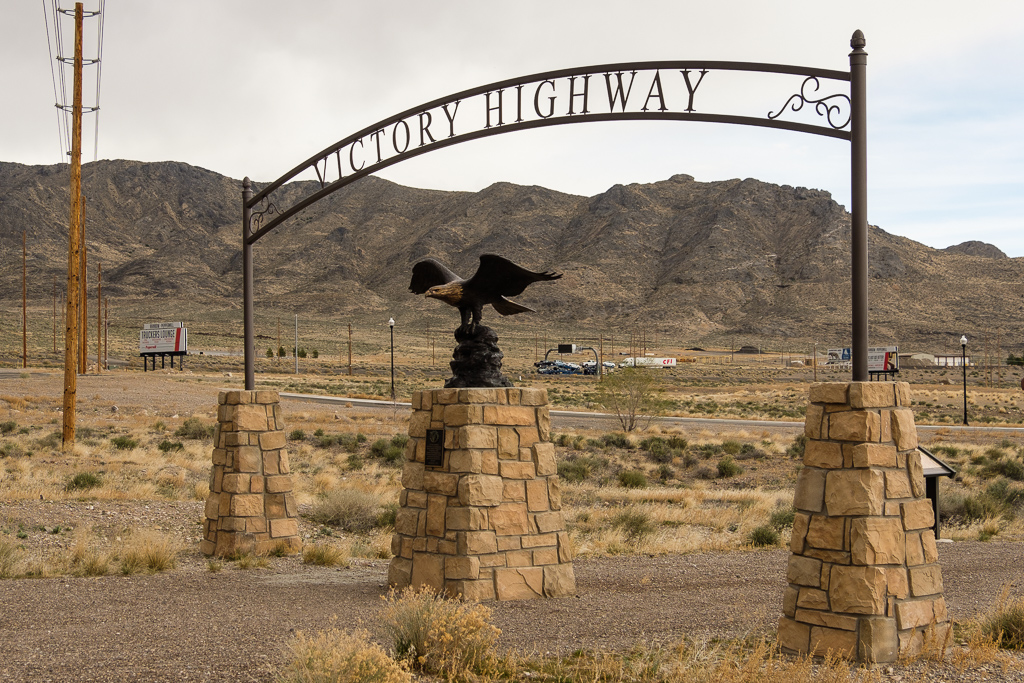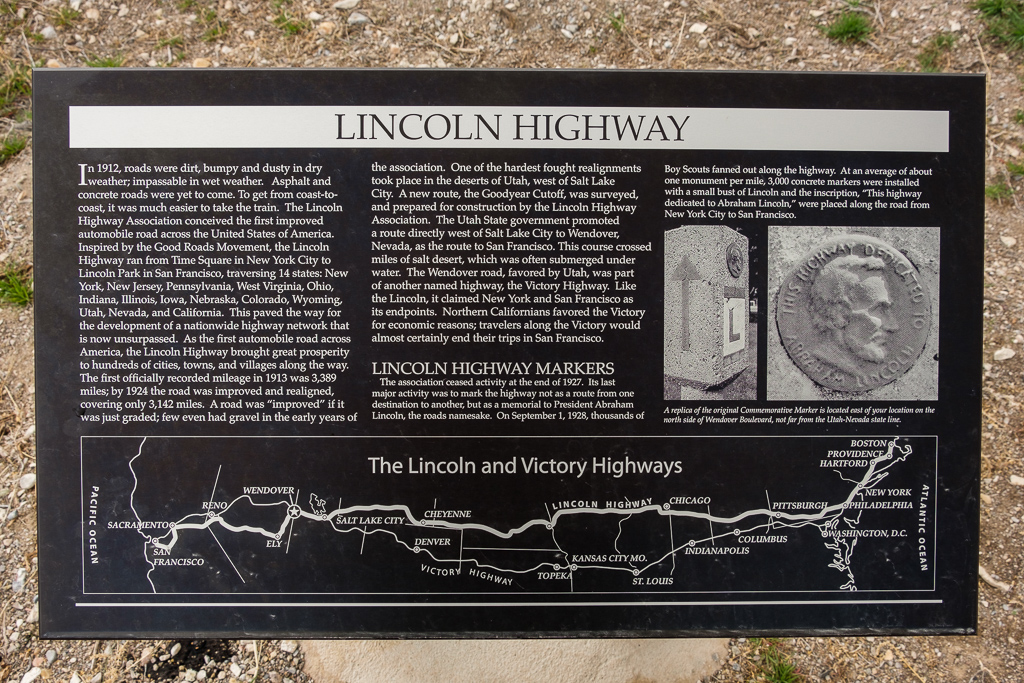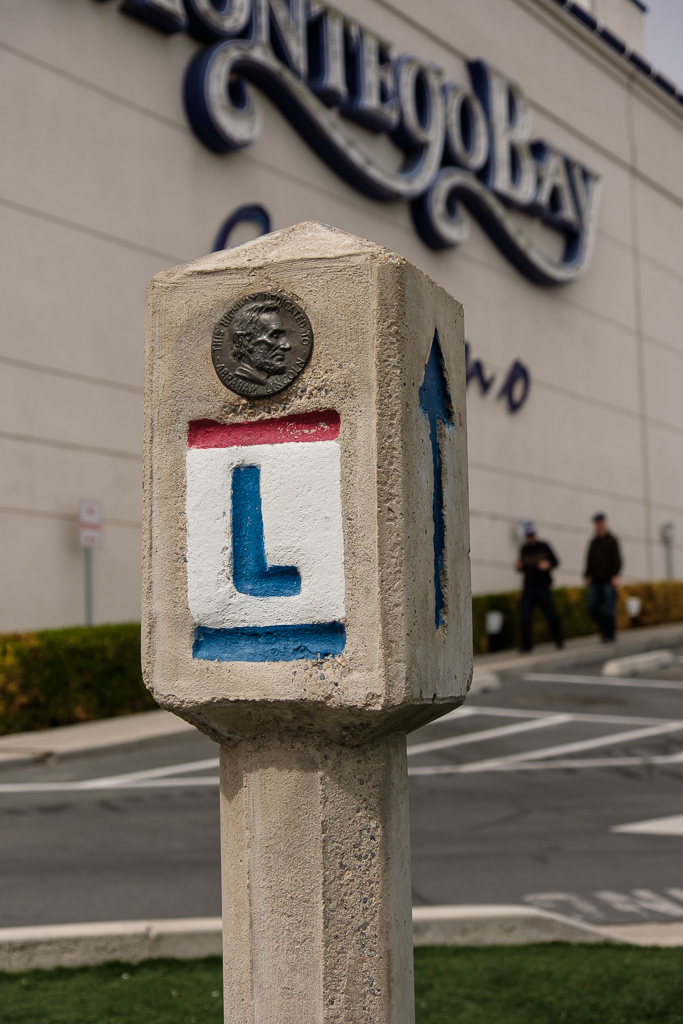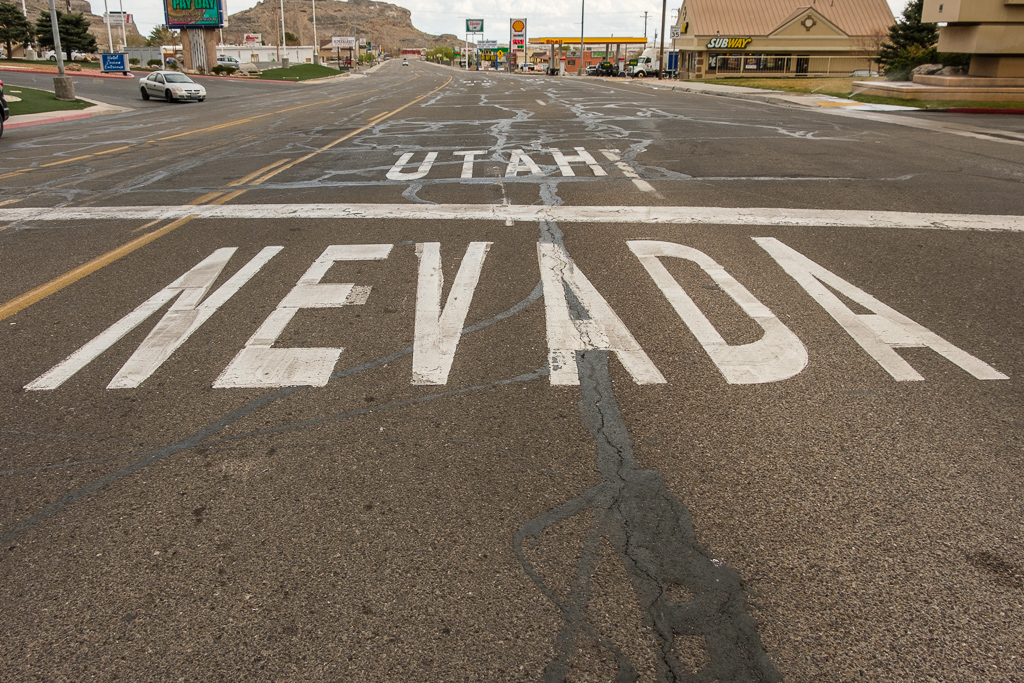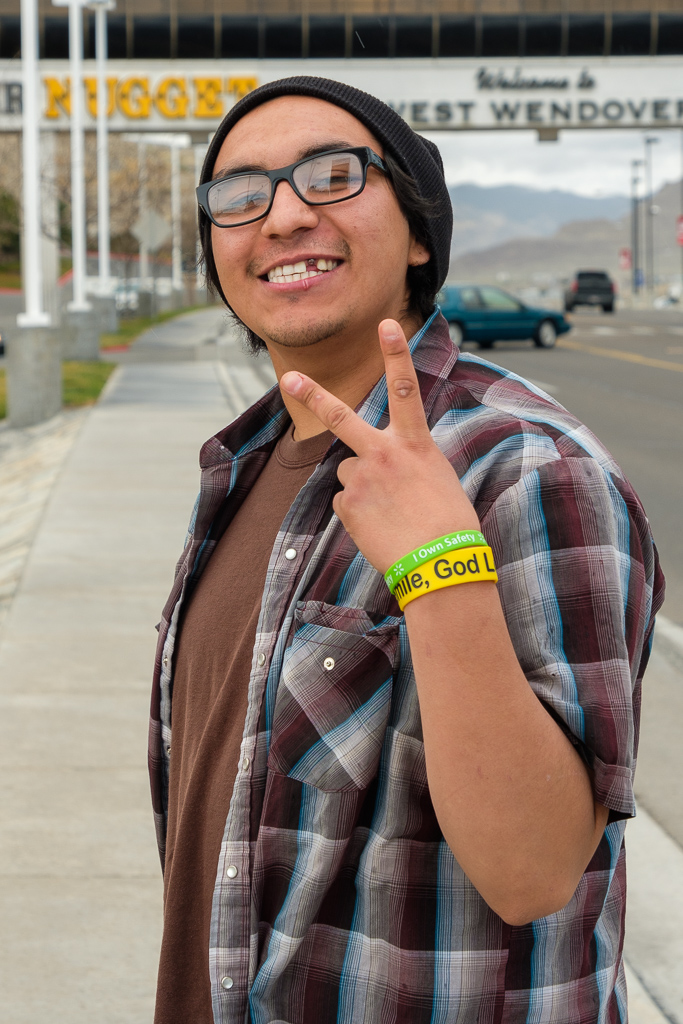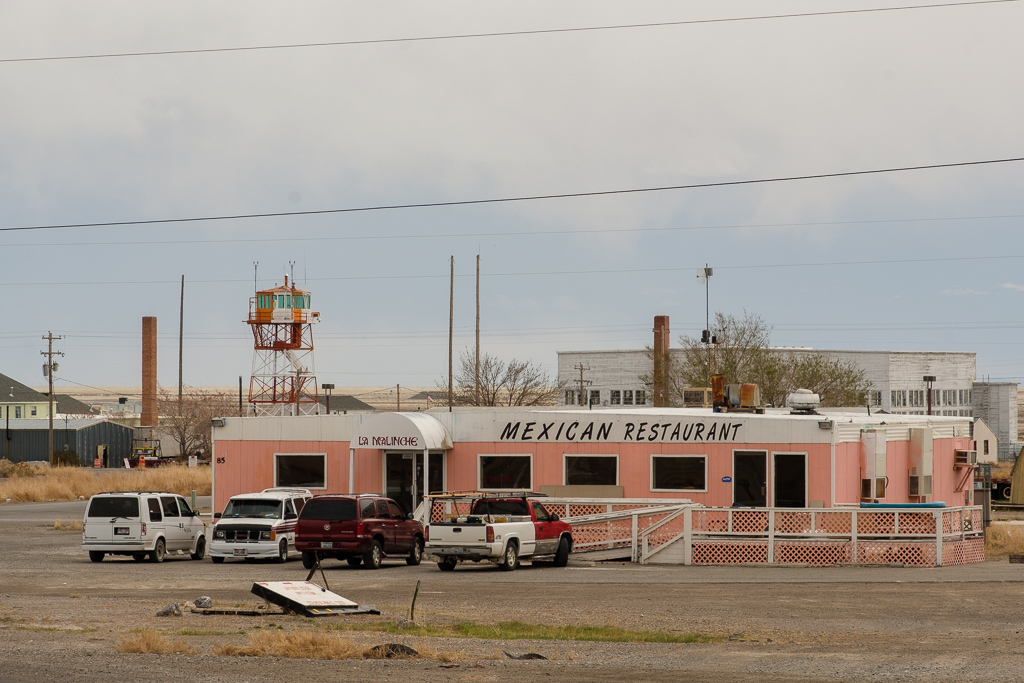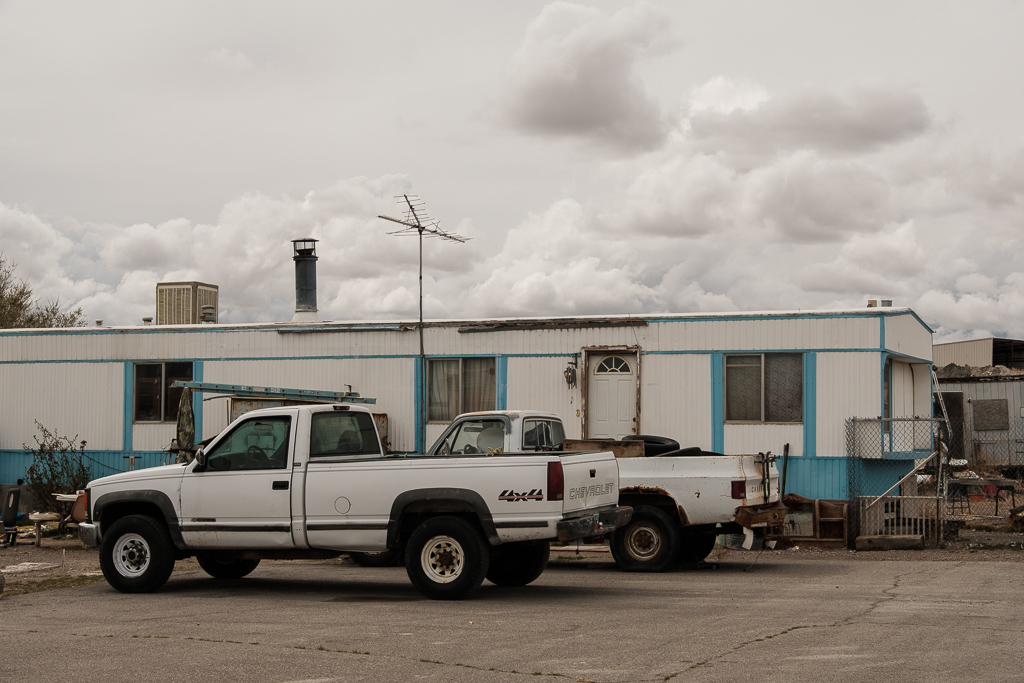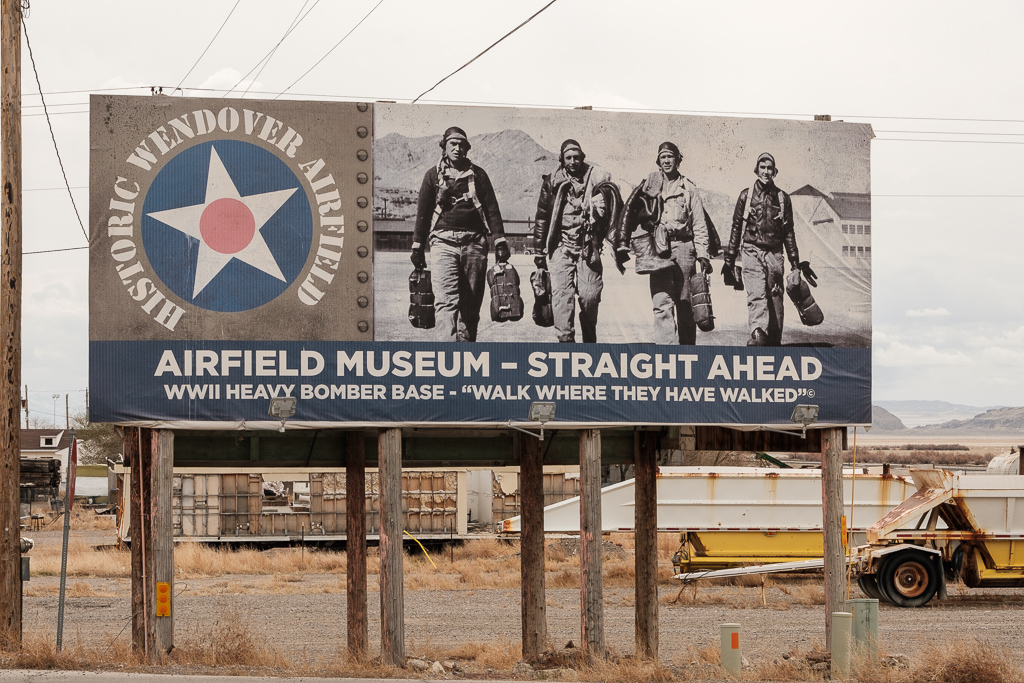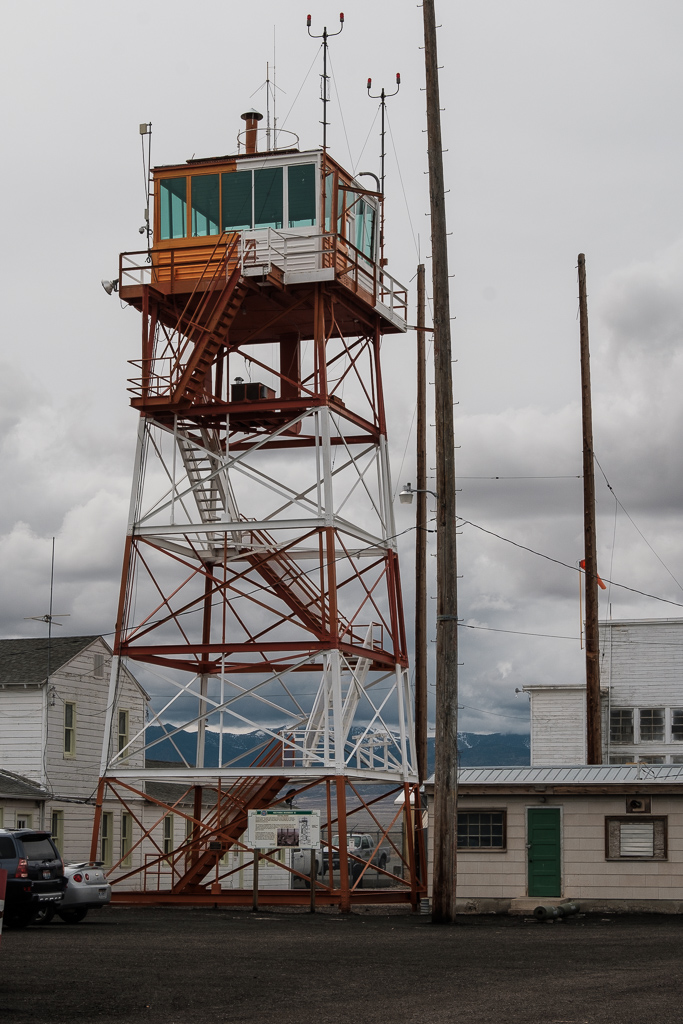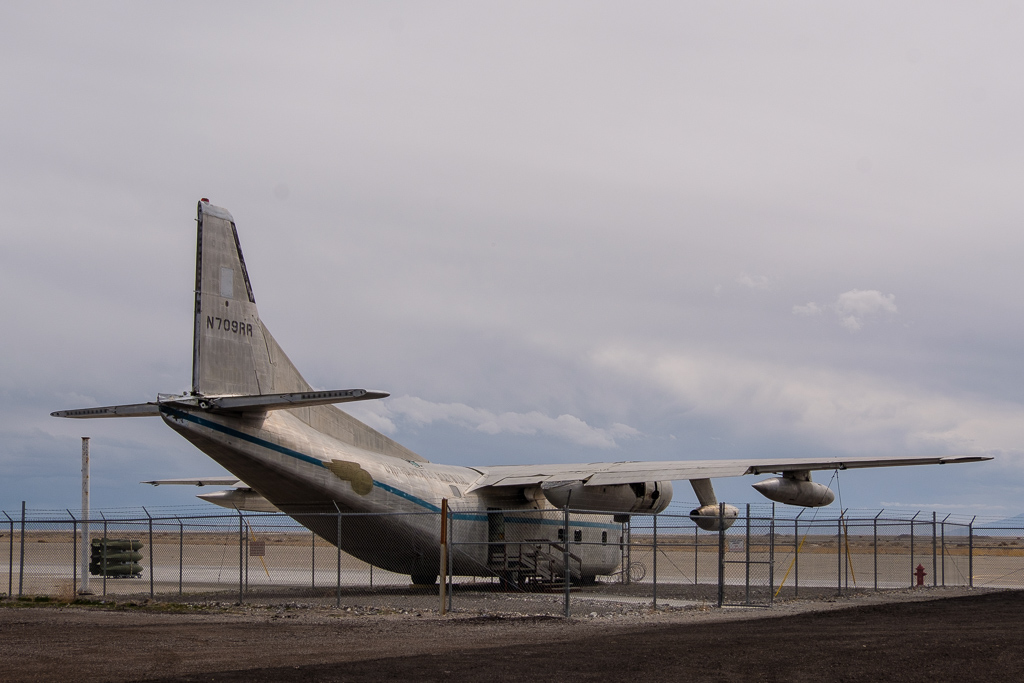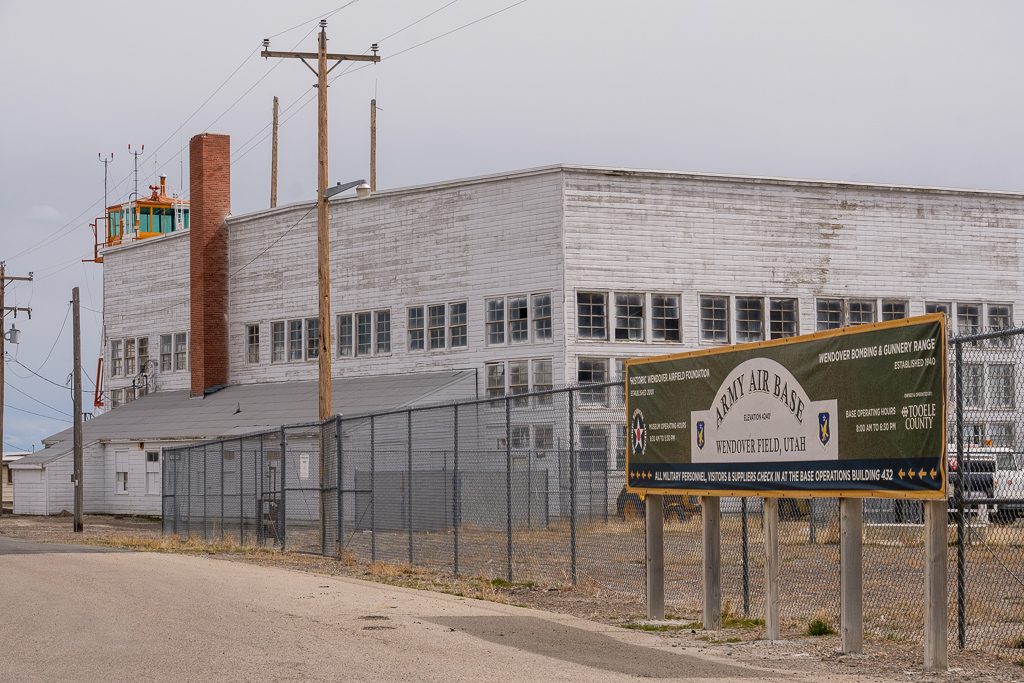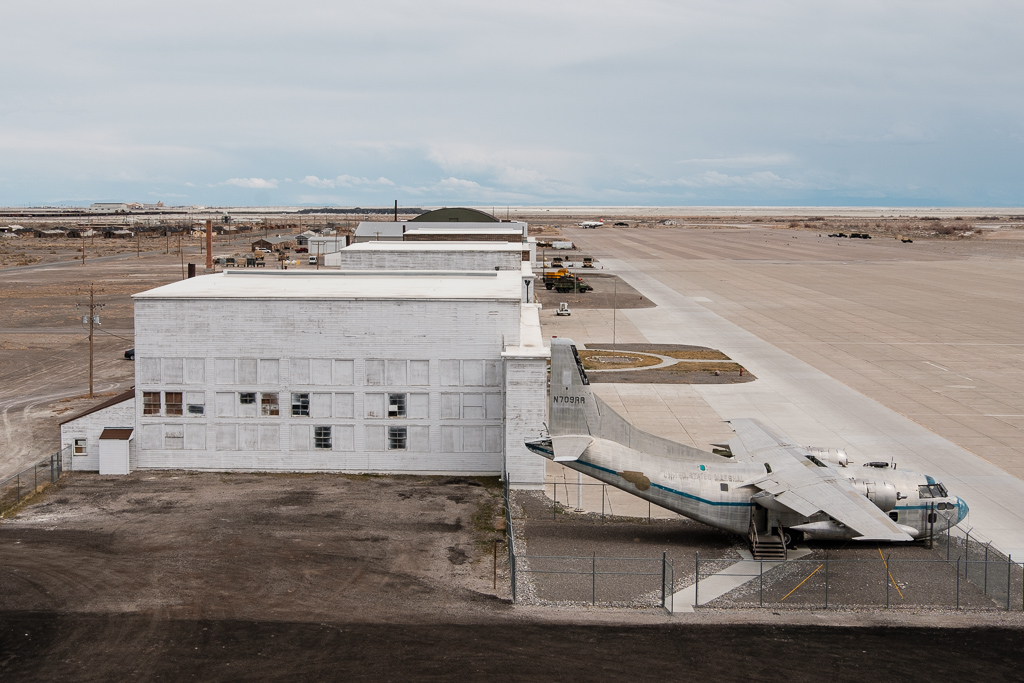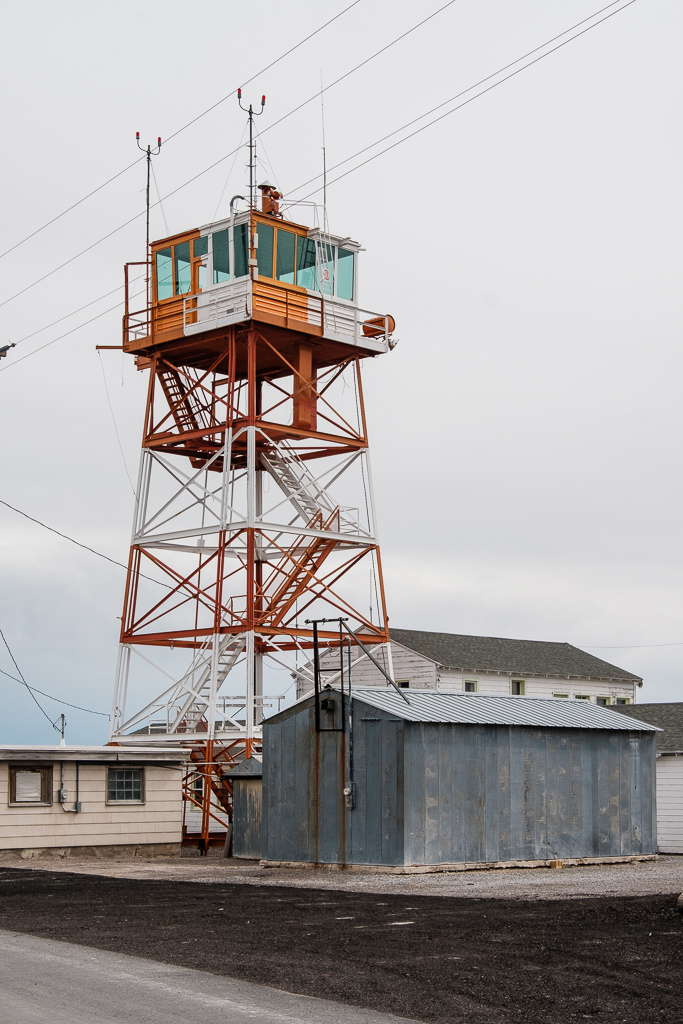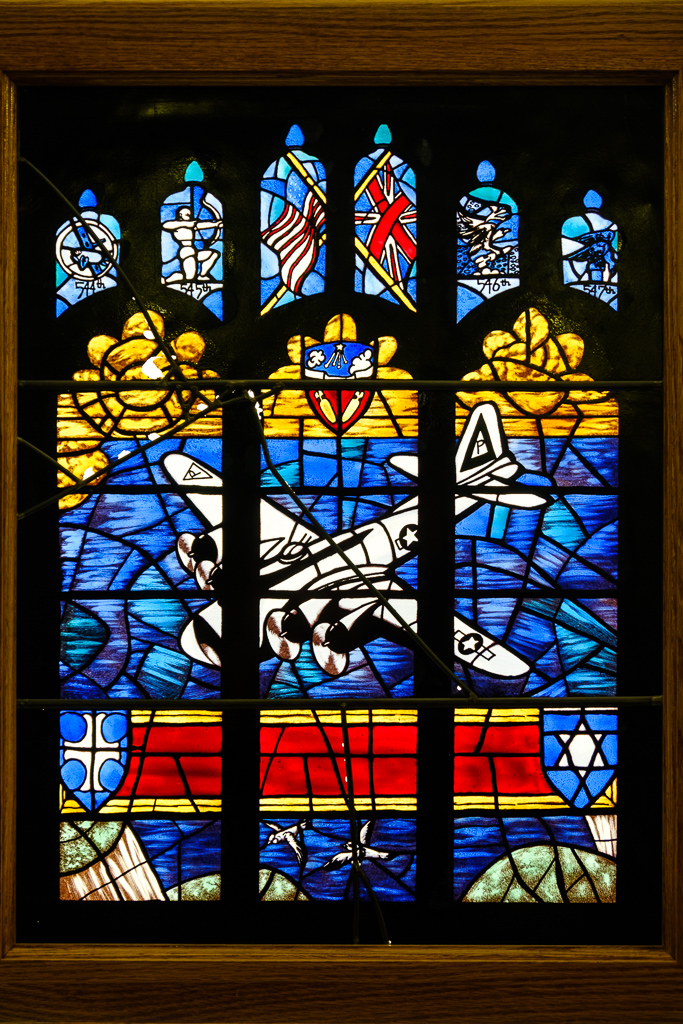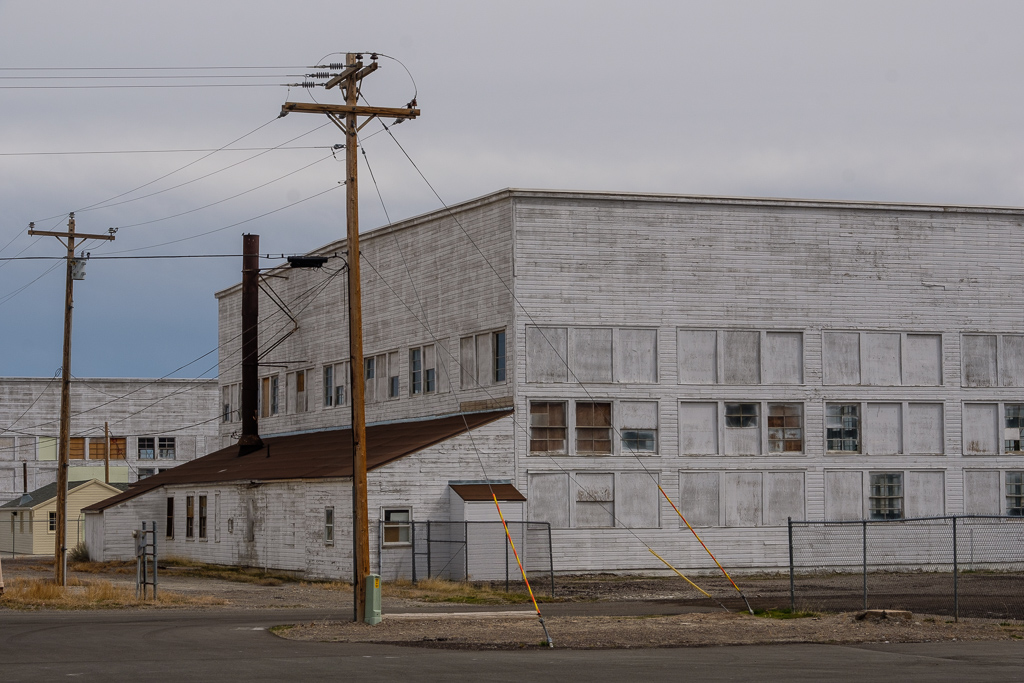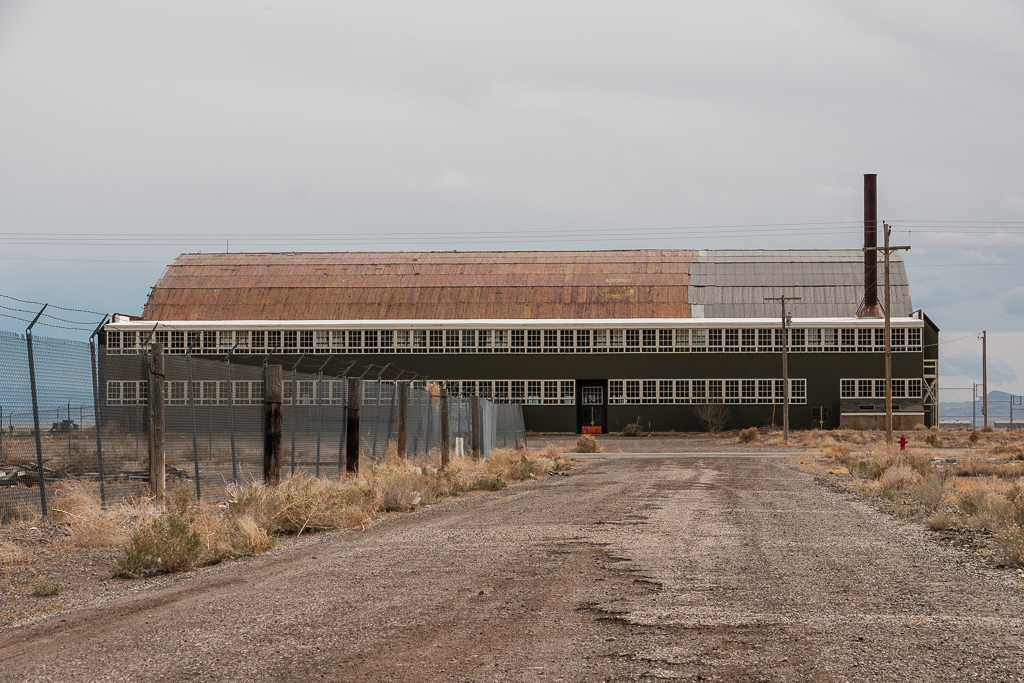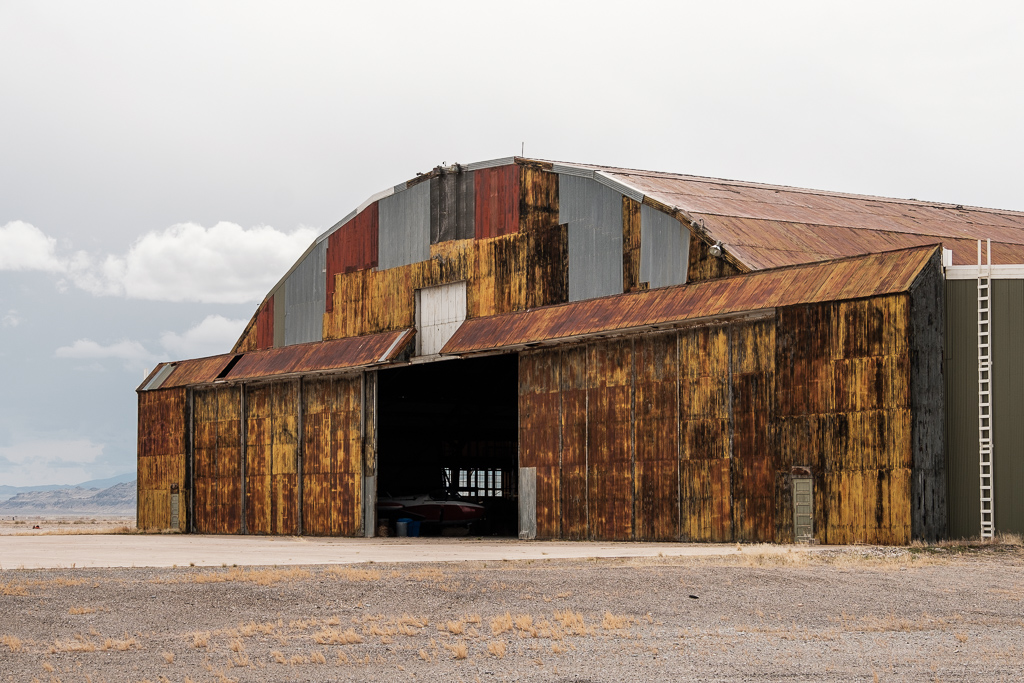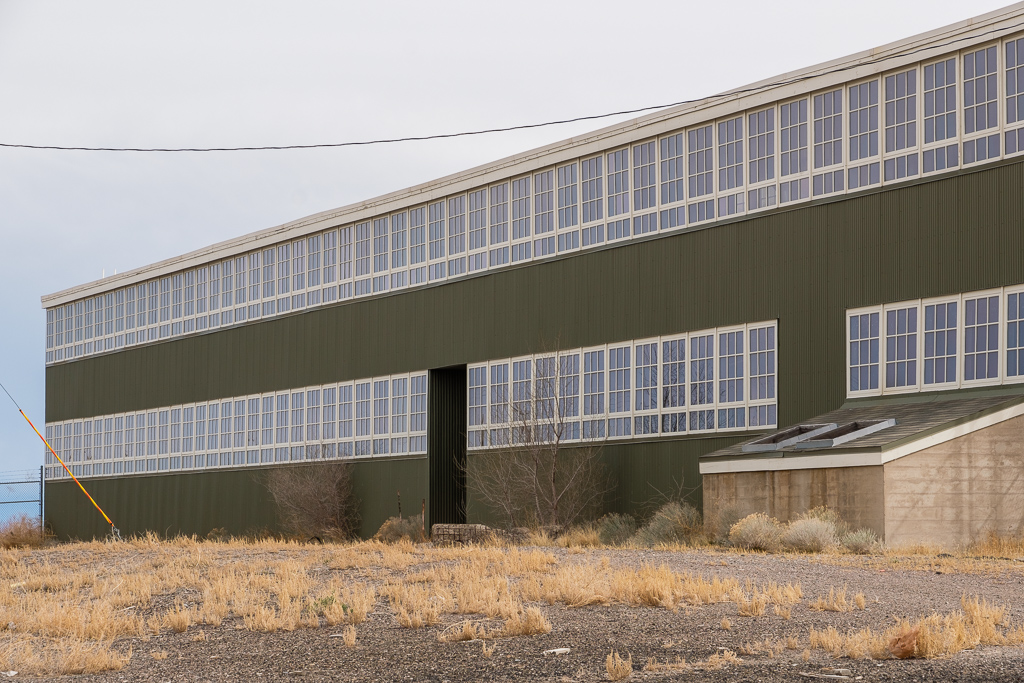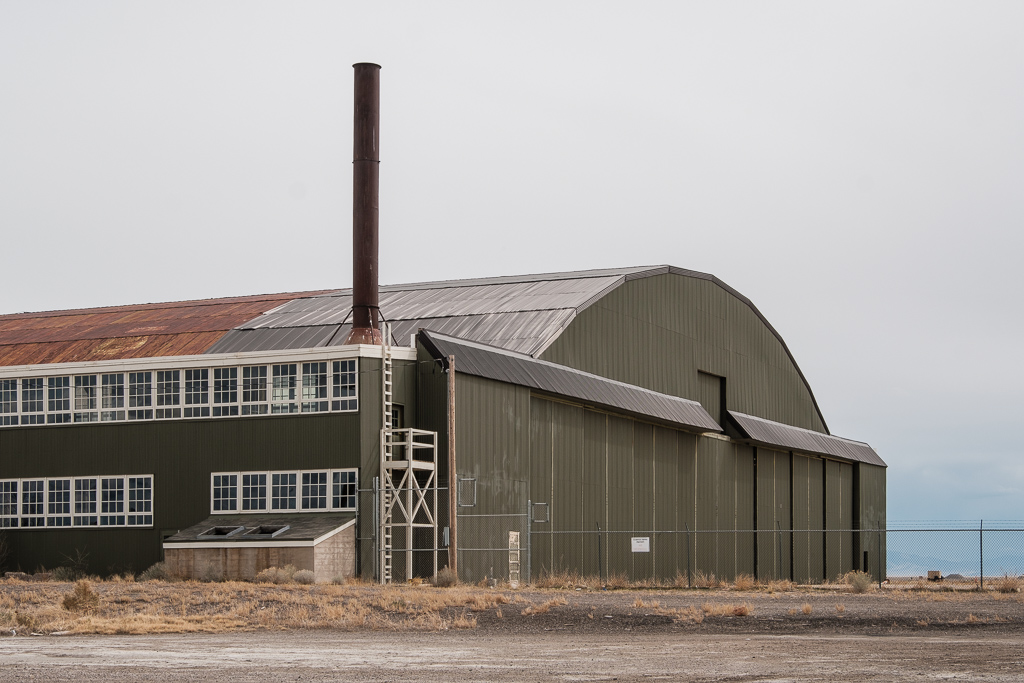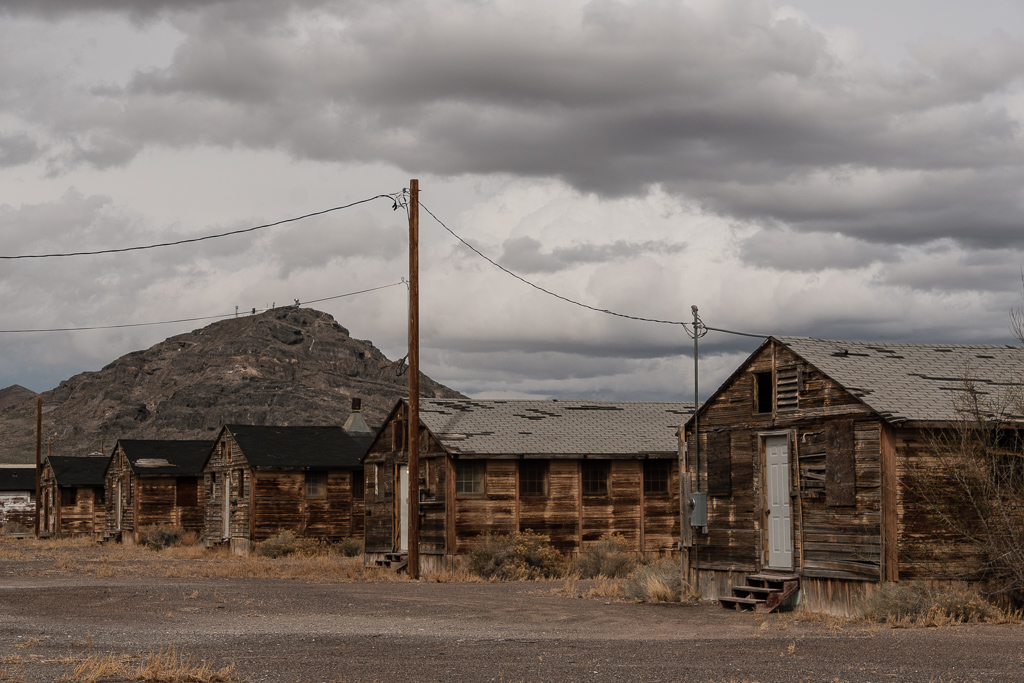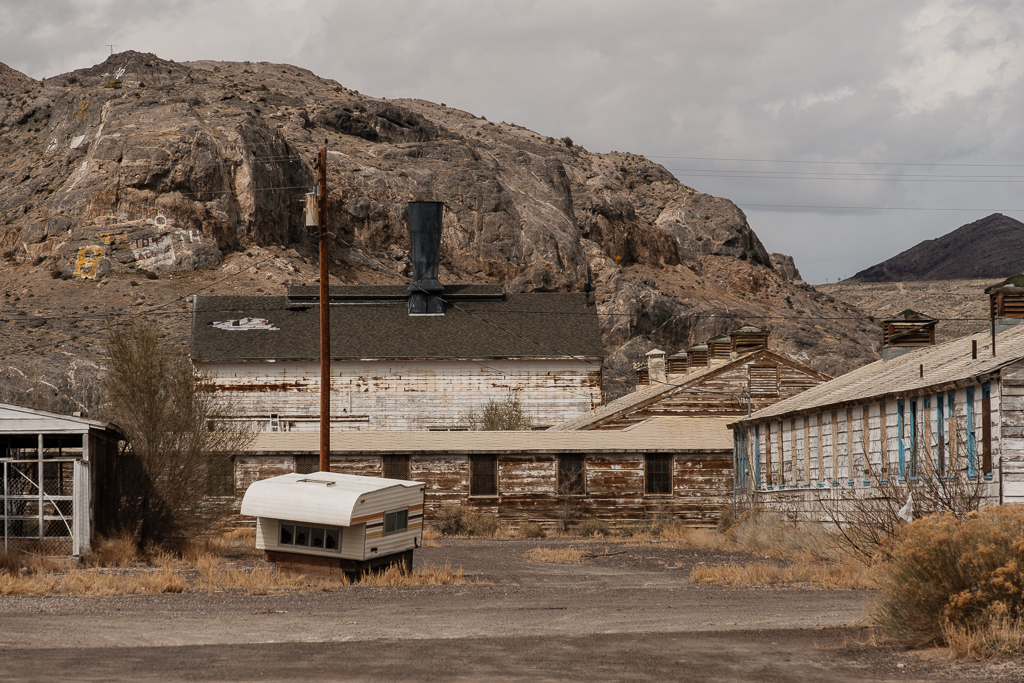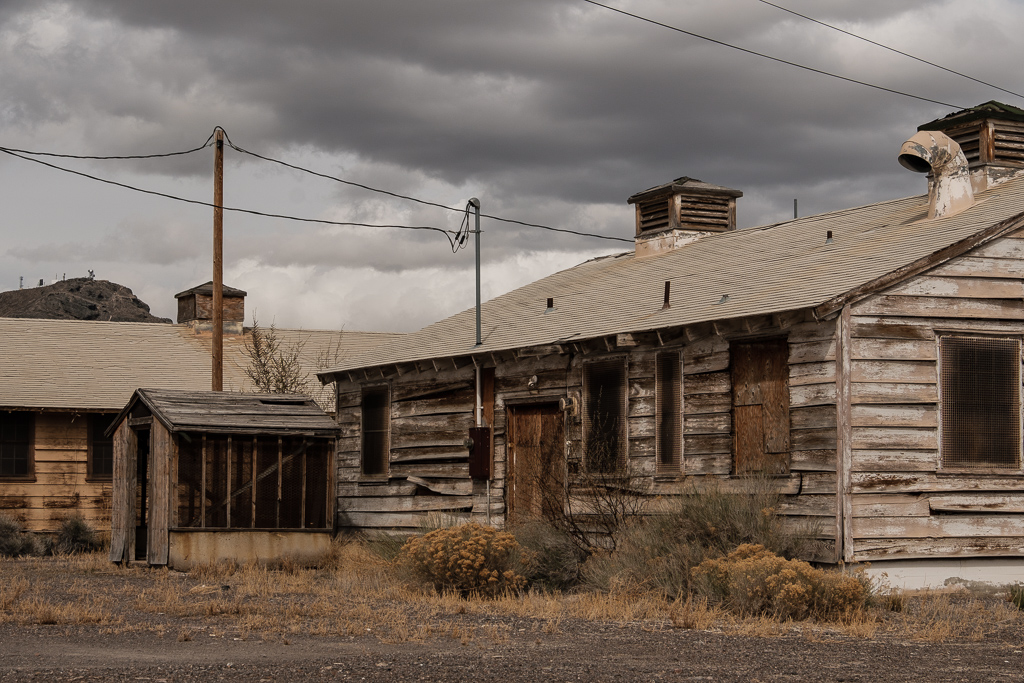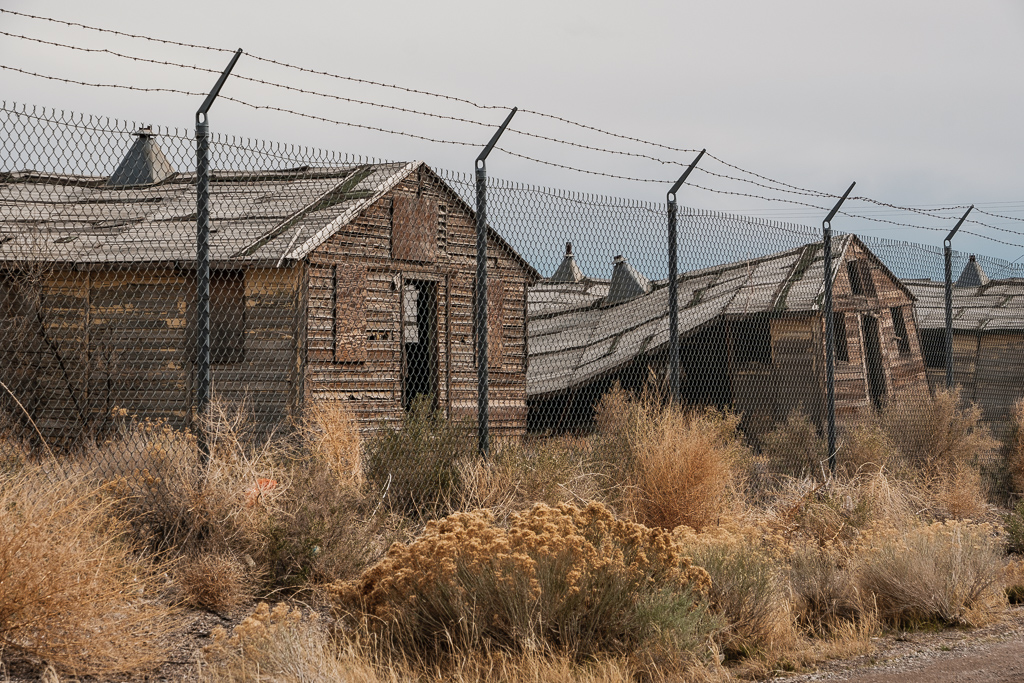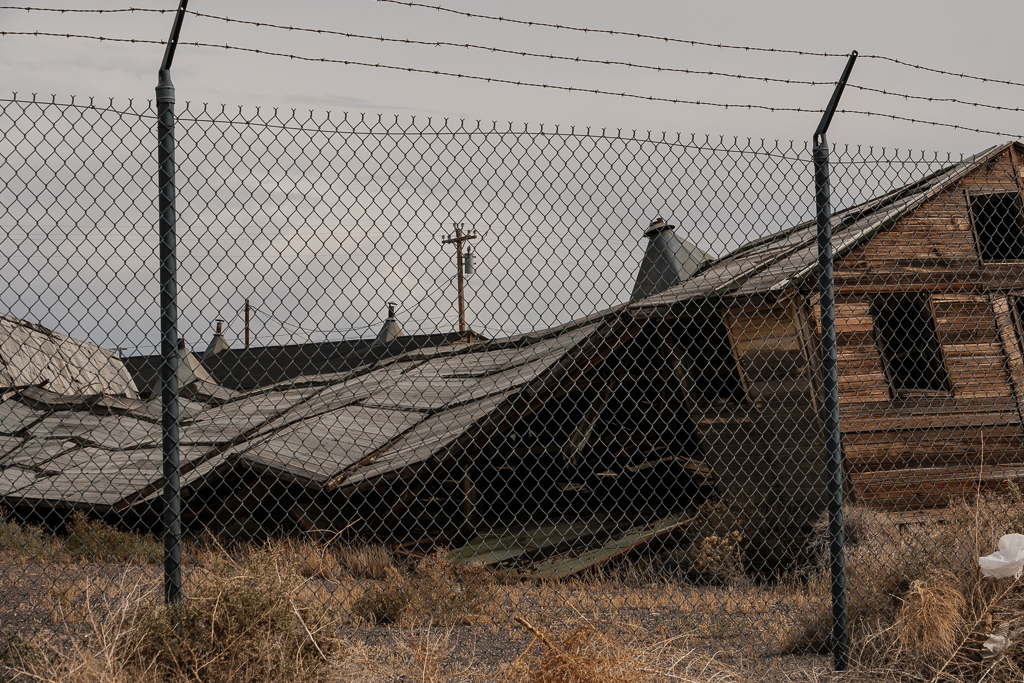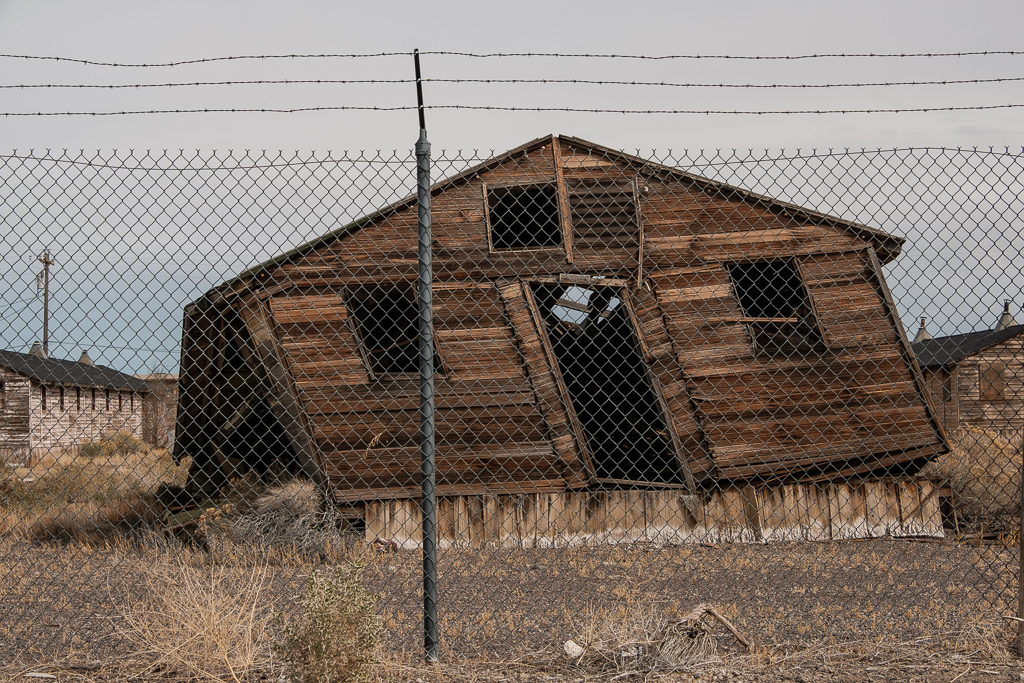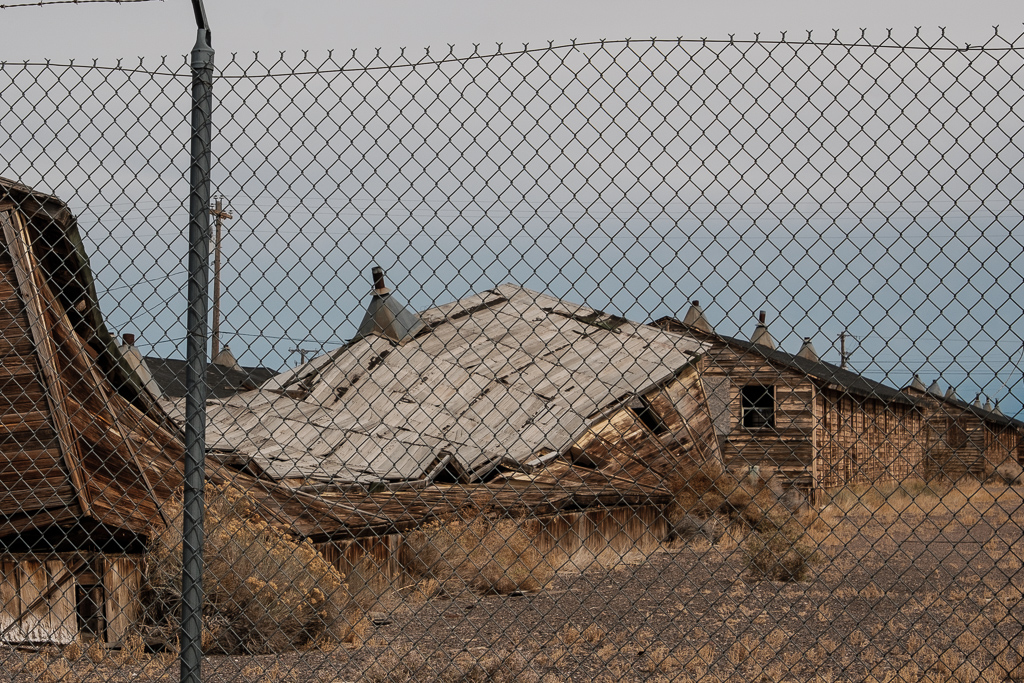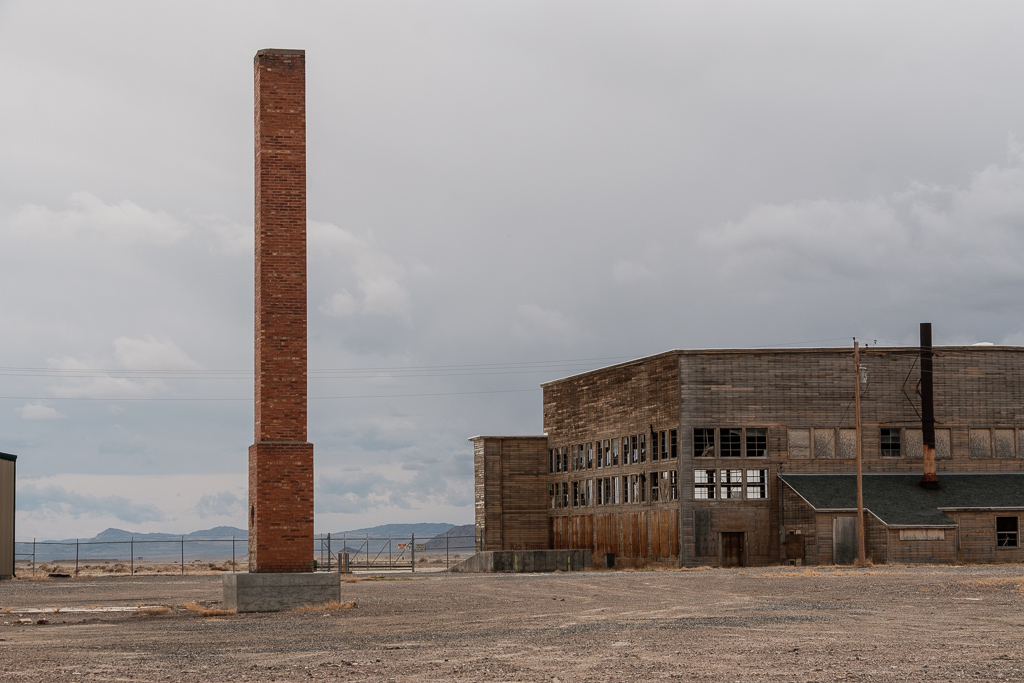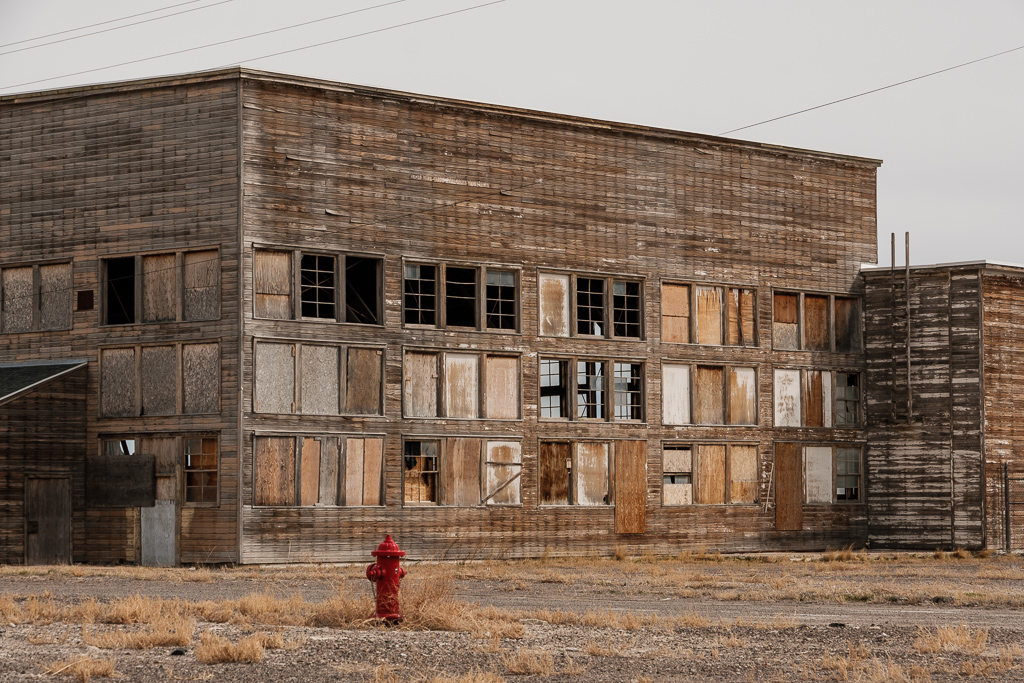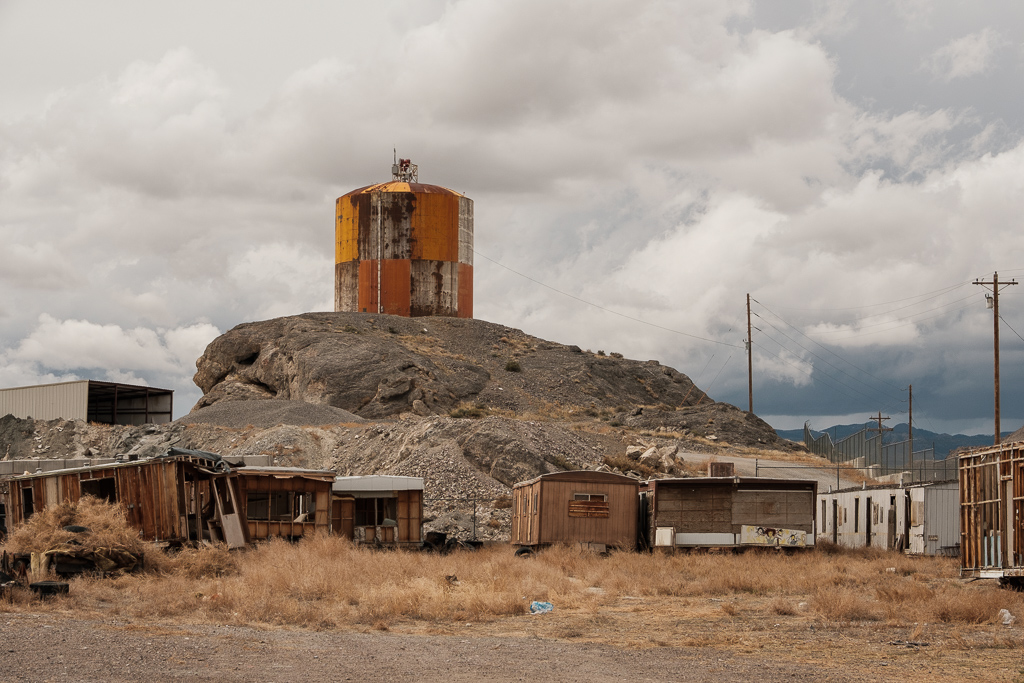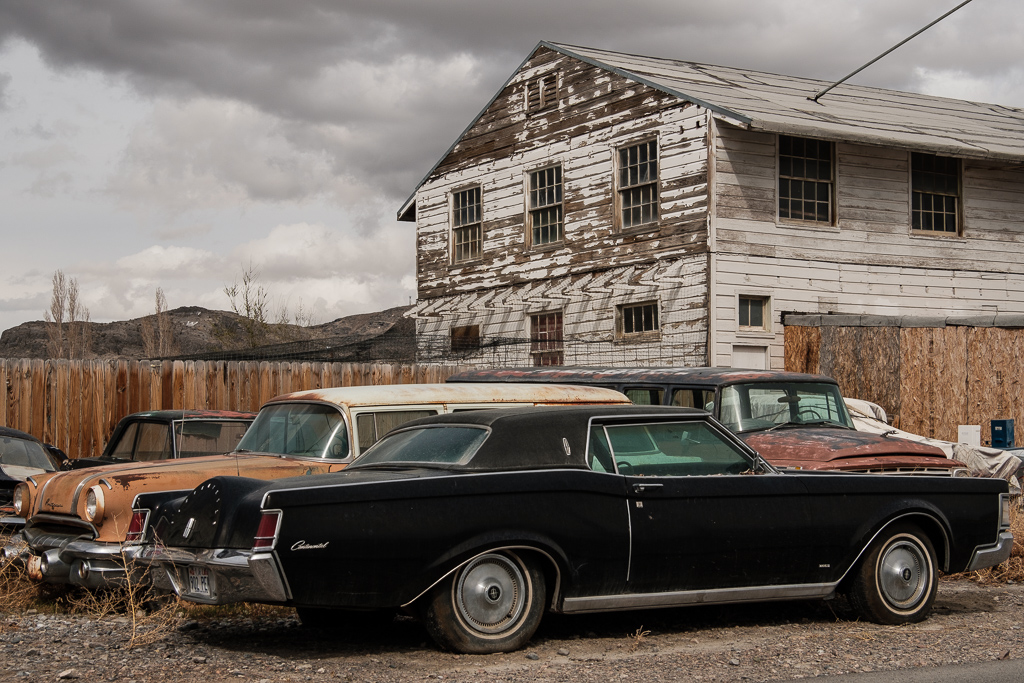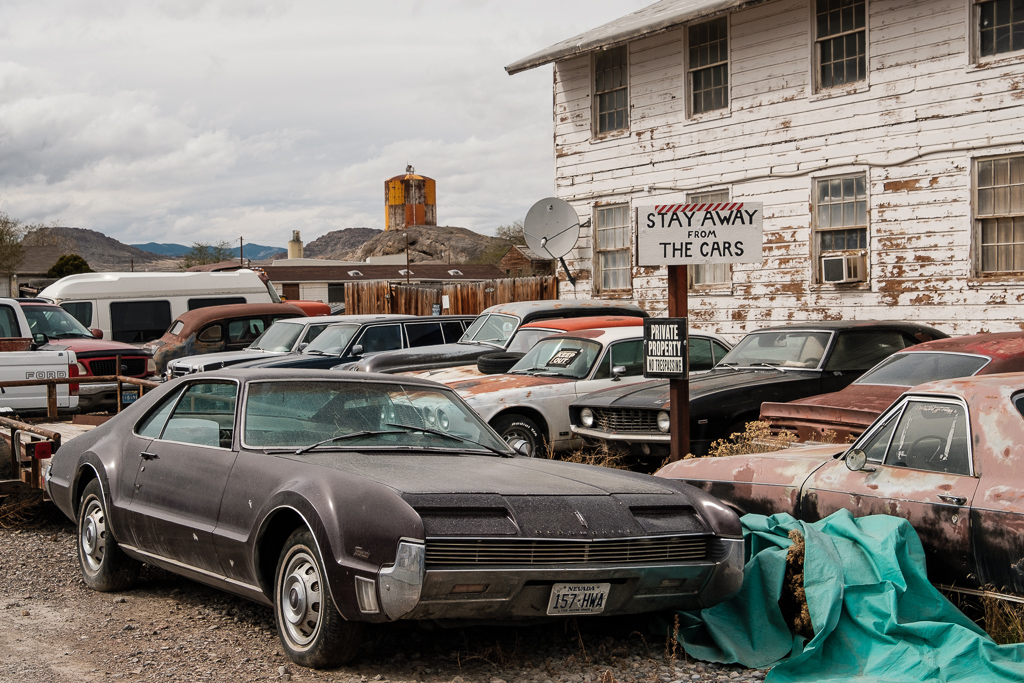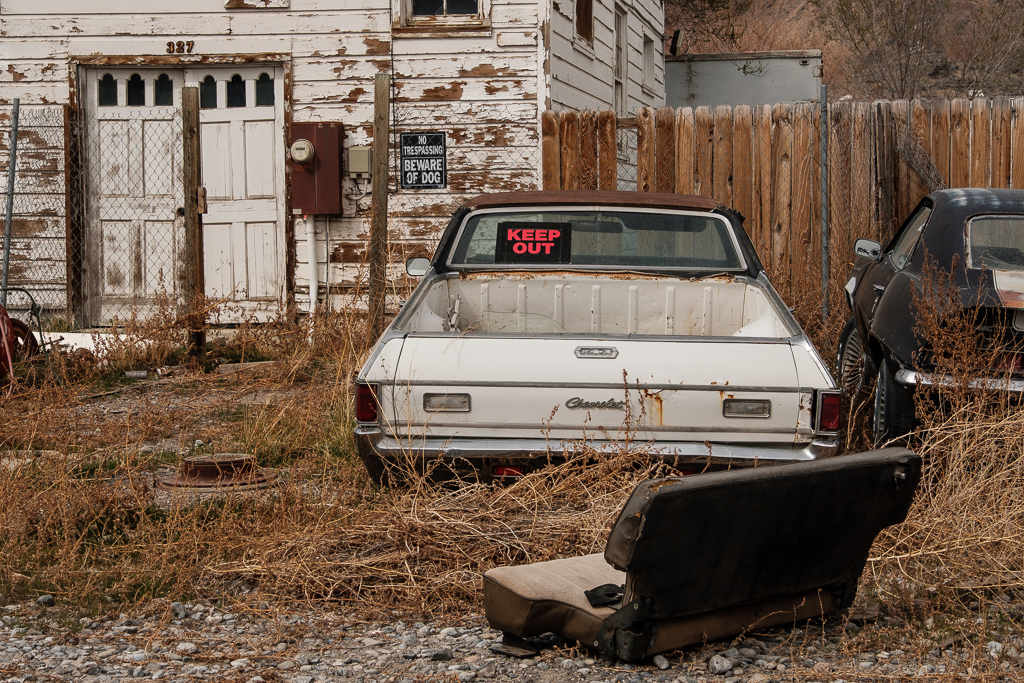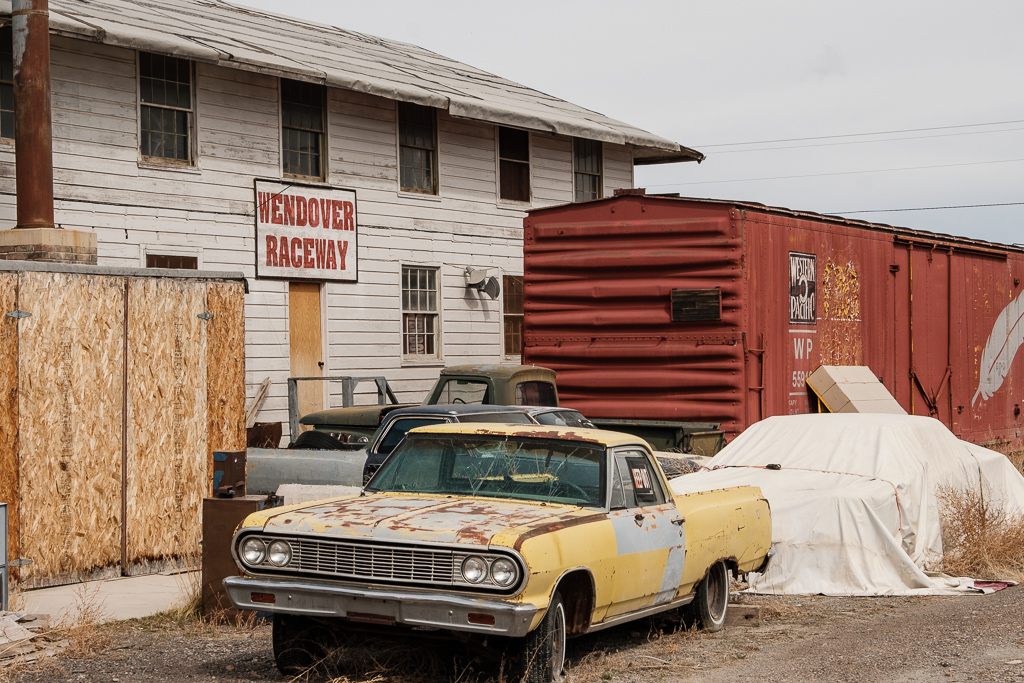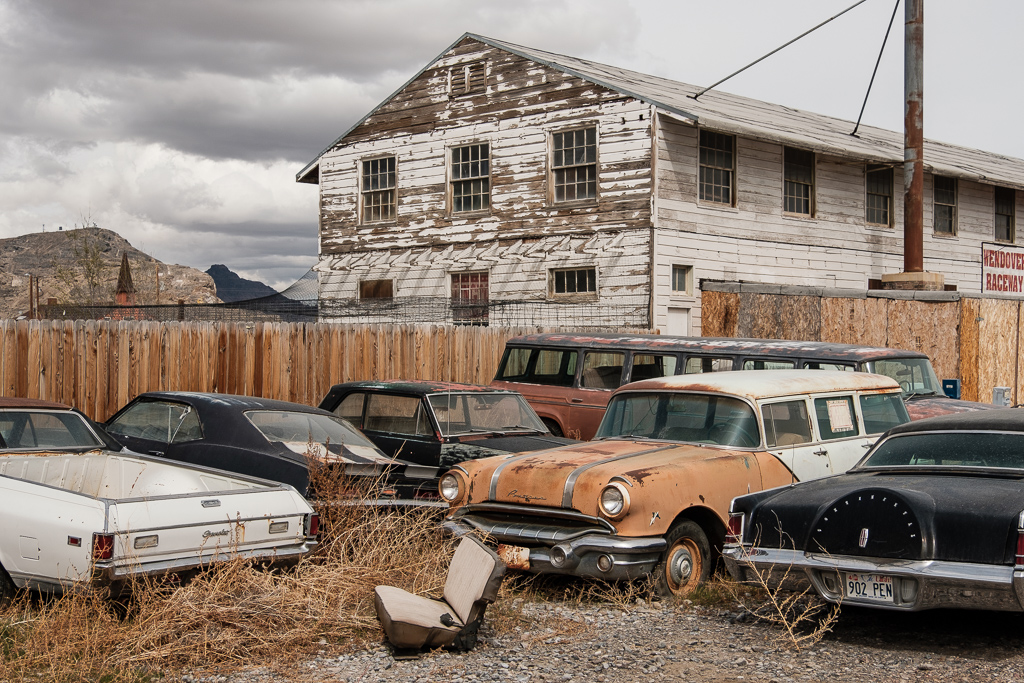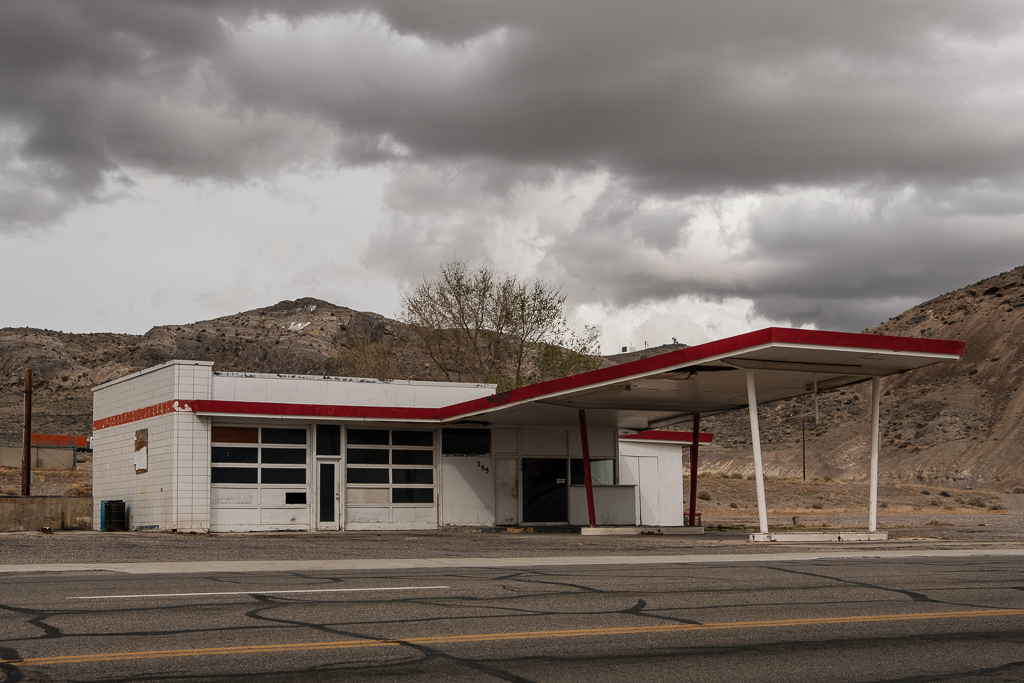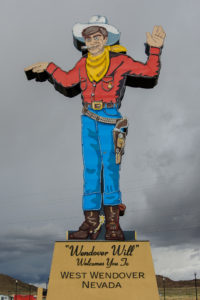 Ely NV to Wendover UT.
Ely NV to Wendover UT.
After the long drive from Incline Village on the Nevada side of Lake Tahoe all the way to Ely in the eastern part of the state and an overnight (see previous post), I continued the homeward journey the next day with Salt Lake City, Utah, as my destination. About 250 miles, decent weather and a manageable distance.
First, however, with an early start I wanted to see something of Ely. The light was fantastic.
Ely started out as a stagecoach station along the Pony Express and Central Overland Route. Everything changed in 1906 with the discovery of copper in the area. Billions of tons of it. Ely became another mining boom town, and copper mining dominated the area through the 1980’s. Kennecott (among others) was a big player there. In September 1978, Kennecott closed its Nevada mines after the huge collapse of copper prices.
I read that after a long hiatus mining still continues in the area, however, with the resurgence in copper prices after 2000, and for that reason Ely’s economy is not as devastated as other Nevada mining towns where the mines are pretty much gone for good. Having said that it didn’t look all that prosperous to me. Anyway, it was a great stop and very photogenic.
The Nevada Northern Railway Museum is located in Ely at the historic East Ely Yards.
The Nevada Hotel in Ely is owned by a German, Hubertus Woywood. There was an article from a German paper from 2013 on the wall at the hotel.
There are some fine murals in Ely – a theme on my Lincoln Highway journeys. Apparently, the mural of the Nevada Hotel mascot on the exterior wall of the hotel was done by a Walt Disney artist.
After Ely, I had a choice: try to follow what is left of the original 1913 routing of the Lincoln Highway to the south or use the later (and easier) 1927 routing via Wendover across the salt flats to the north (which follows the Victory Highway). I chose the latter. On both Route 66 and the Lincoln I try to take the older alignments and stay off the interstate when possible, but this time I passed. The newer alignment is the interstate now (I-80). This map shows the two routes :
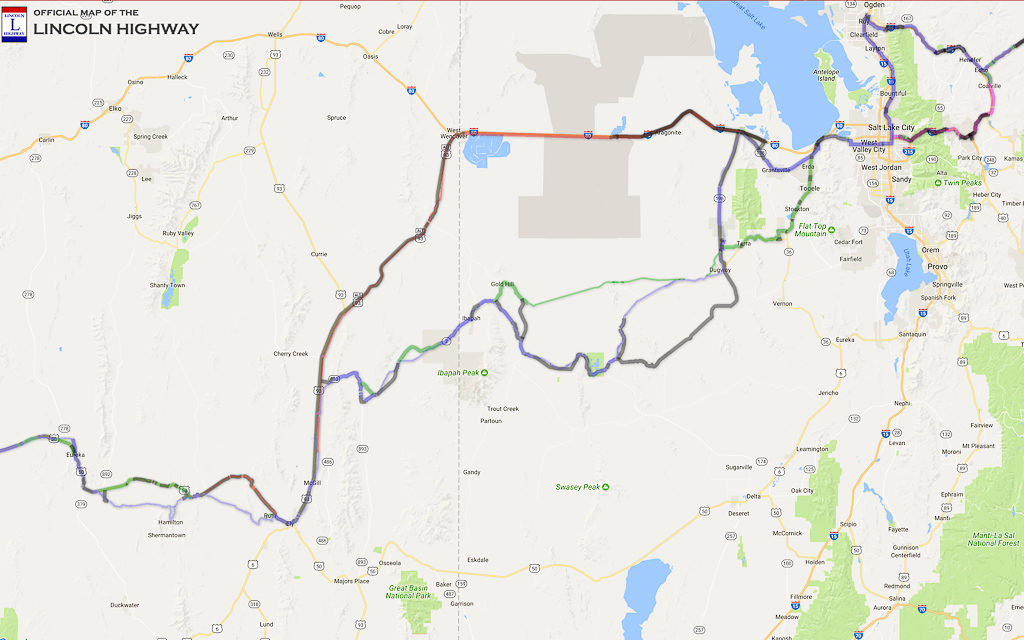
There’s one other choice I made which was not to detour to the Great Basin National Park in eastern Nevada (after Ely by Baker near the Utah border). It looks fantastic. Another time. As I said, I headed for Wendover from Ely heading north rather than continuing due east.
There were not many signs of civilization on the drive from Ely to Wendover. Little McGill was the only place of any size (population was 1,148 at the 2010 census) – a company town with work provided mostly by a now closed big copper reduction facility (smelter). Kennecott closed the smelter there in 1983, and the population has dropped since then. Like Ely it looked a little worse for wear.
The road from Ely to Wendover on US Route 93 and then US 93 Alternate passes through the Antelope Range and the Goshute Mountains, ascends White Horse Pass (elevation 6,031 feet (1,838 m)) and then descends along the base of the Goshute Mountains towards West Wendover, Nevada (the Nevada side of Wendover). On the descent there are some impressive views of the Great Salt Lake Desert and the Bonneville Salt Flats.
Utah beckoned.
First, one last bit of Nevada: West Wendover. The casinos on the Nevada side of Wendover seem to be its raison d’être. I expected more roadside relics there, but they were few and far between. The iconic Wendover Will sign formerly at the Stateline Casino is now a landmark in the town’s center on Wendover Blvd. Back in the day, Will’s arms waved, his eye winked, his cigarette flicked, and his 1,184 feet of neon tubing flashed day in and day out, and he was included in the Guinness Book of Records as the “World’s Largest Mechanical Cowboy”. That was until 2002, when the Stateline changed ownership and Will was donated to the town and moved.
Remember the recent post about the Victory Highway statue in Truckee? West Wendover has a monument commemorating the route of the Lincoln and Victory Highways through the city. There’s also a Lincoln Highway concrete post there.
Meet Jeremy. He said he is Shoshone Goshute. He also said he had my back when I walked out in the street during a break in traffic to get that shot of the state line. We had a good chat. Nice guy. He lives on the Nevada side.
Wendover itself (on the Utah side of the line) doesn’t seem to be doing too well. It seemed like a pretty sad, deteriorating place. The old Wendover Airfield, once home to the Enola Gay, is there, and it was my only real stop. Read more about it here and here.
The airfield is said to be the largest intact Army Air Base left from World War II. The famed Flying Tigers trained there. Most of the base is fenced off with buildings in an accelerated state of decay. That’s the air base water tank on the hill.
In the final grouping in this set are some photos I took there (the bird’s eye view was taken from the observation tower which is open to the public); some of the bigger and more historic buildings survive with some under restoration. There are several shots of the Enola Gay hangar which is undergoing restoration. The stained glass is in the little museum and is from the former base chapel.
From the NPS site: The base also served as the test and training site for the atomic bomb and the 509th Composite Group under the command of Colonel Paul W. Tibbets, Jr. It was Colonel Tibbits, flying his B-29, “Enola Gay,” who dropped the atomic bomb on Hiroshima in August 1945. The 509th Group was organized December 17, 1944, and trained at Wendover until May 1945, when they left for Tinian Island in the Marianas. During the group’s stay at Wendover, the base became a maximum-security area with signs stating: “What you see here, What you do here, What you hear here, Stays here.”
Only Tibbets knew of the fateful mission of the 509th Composite Group.
The base closed for good in 1963.
Next post: the Bonneville Salt Flats, Salt Lake City and onward.

